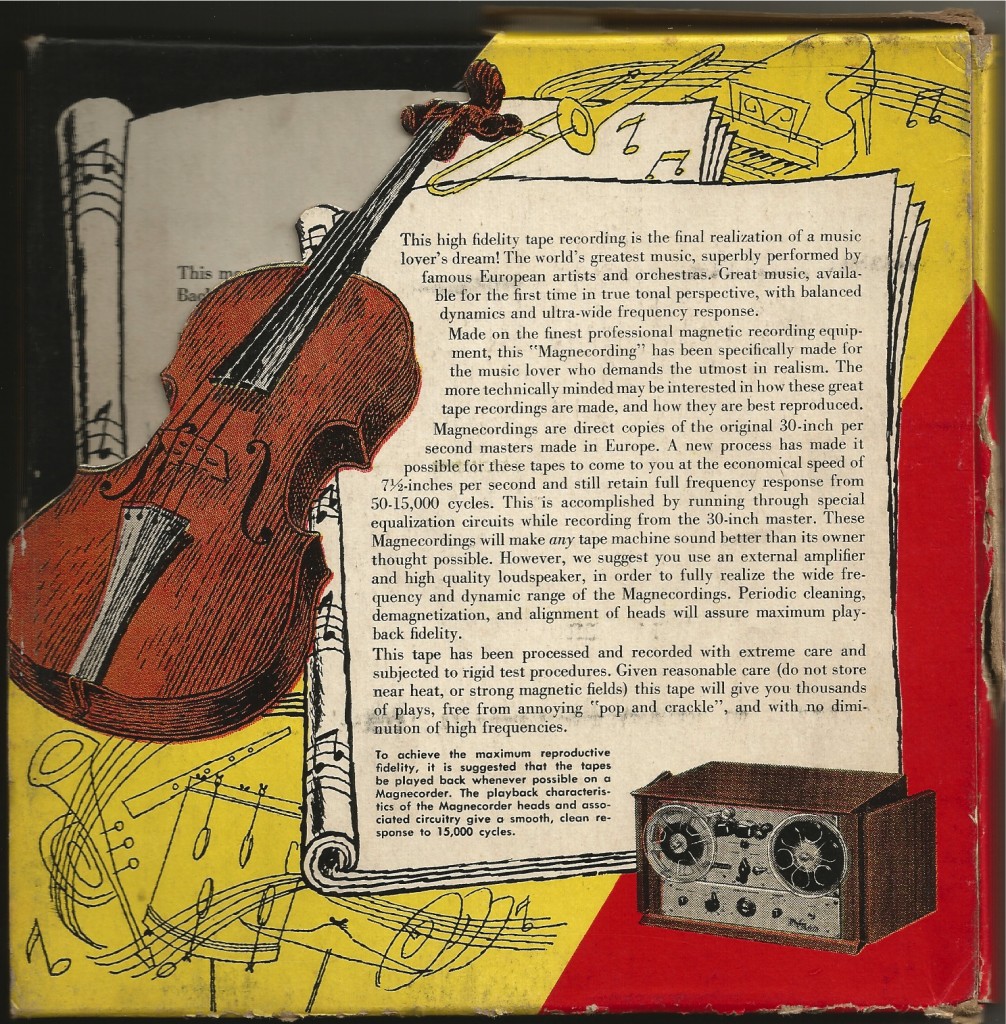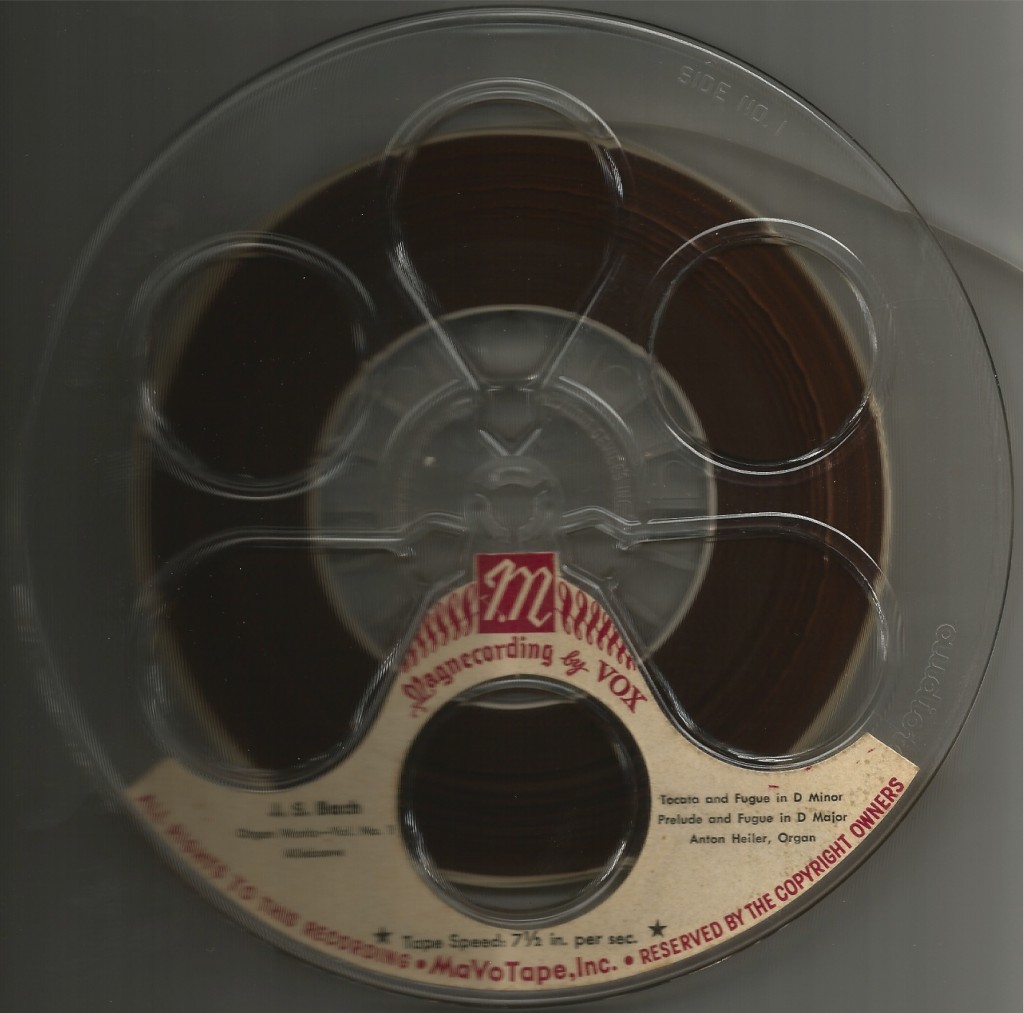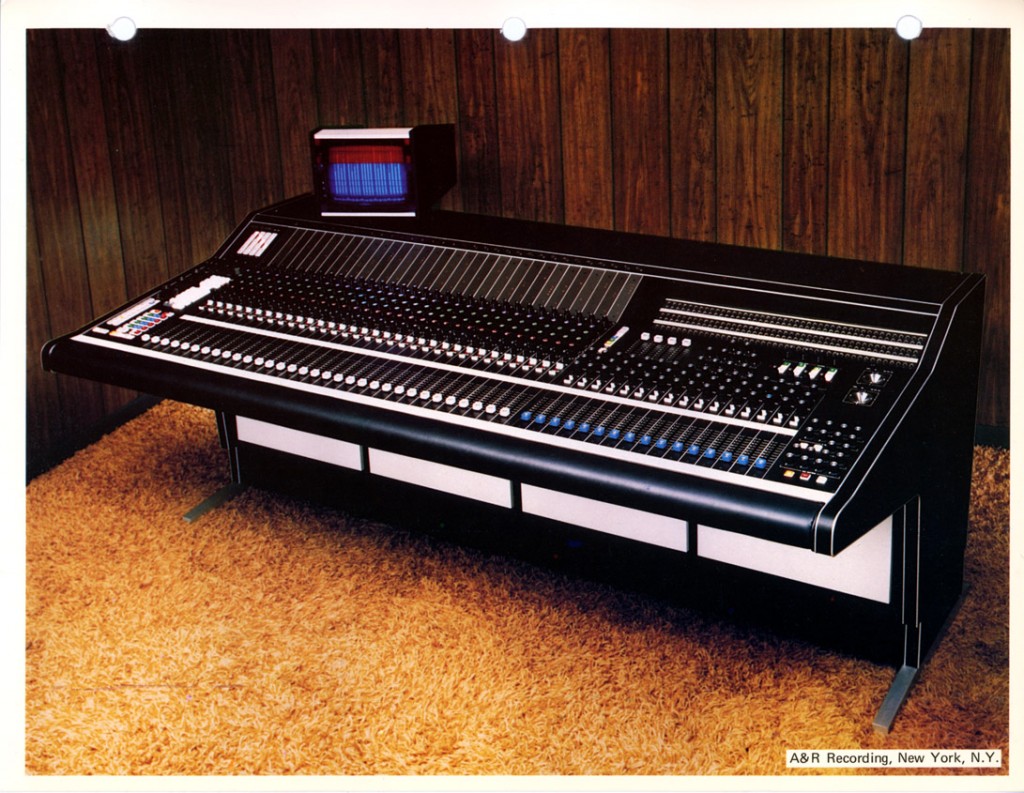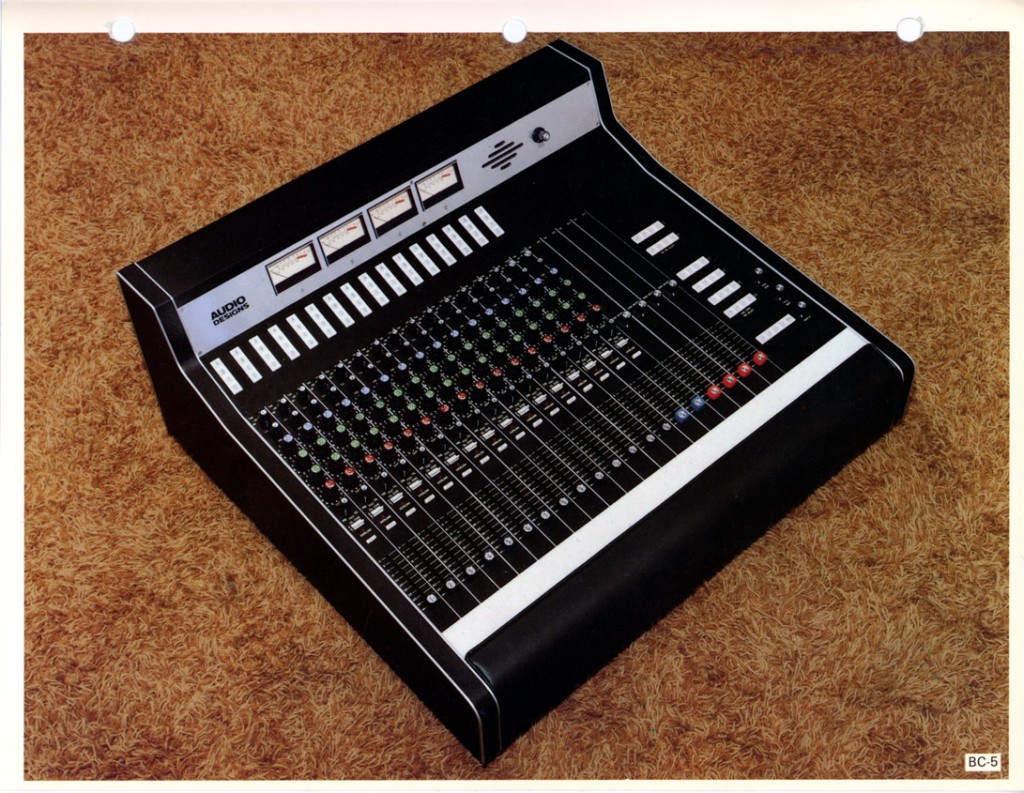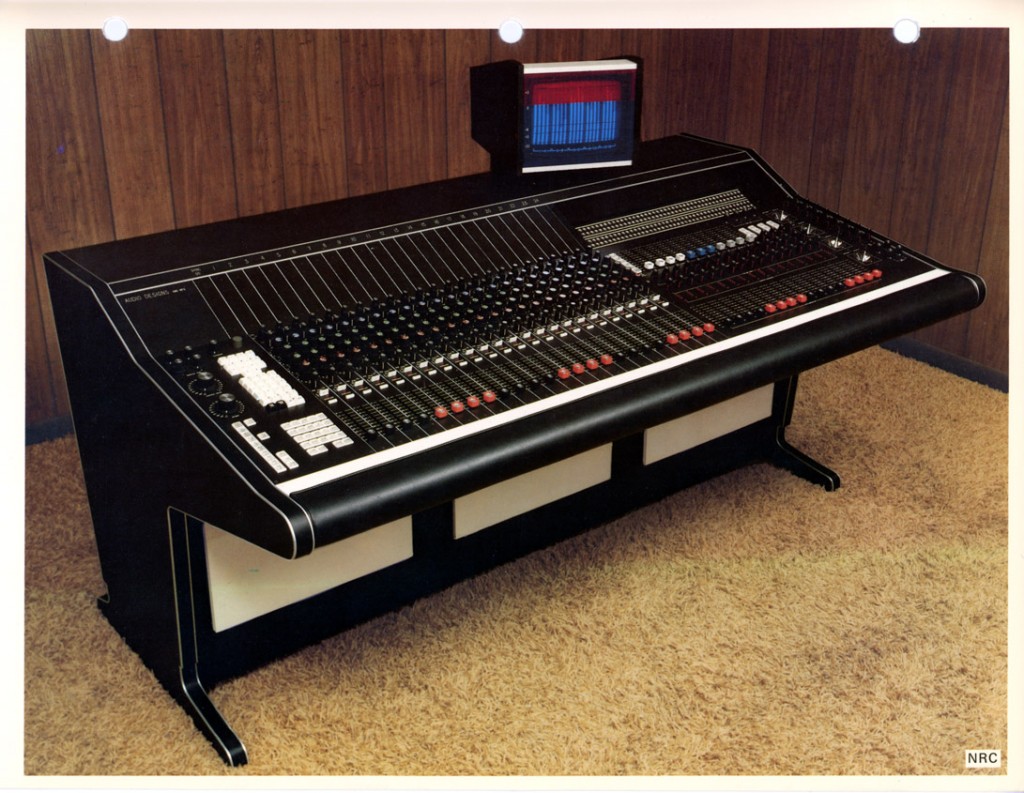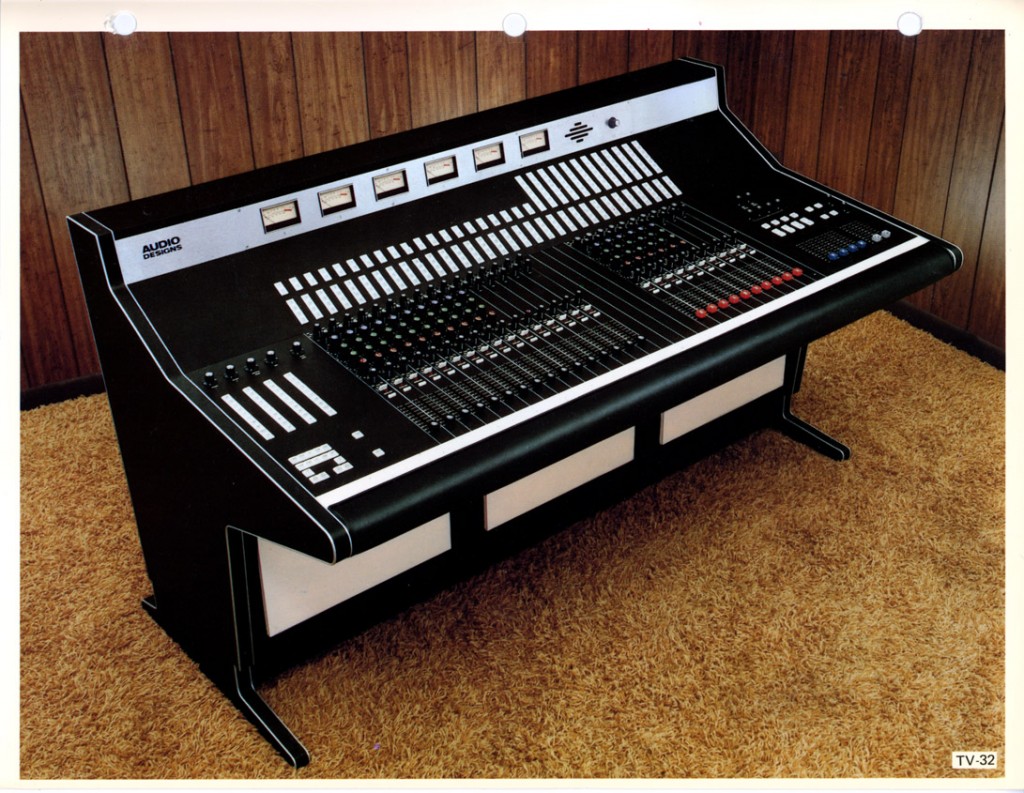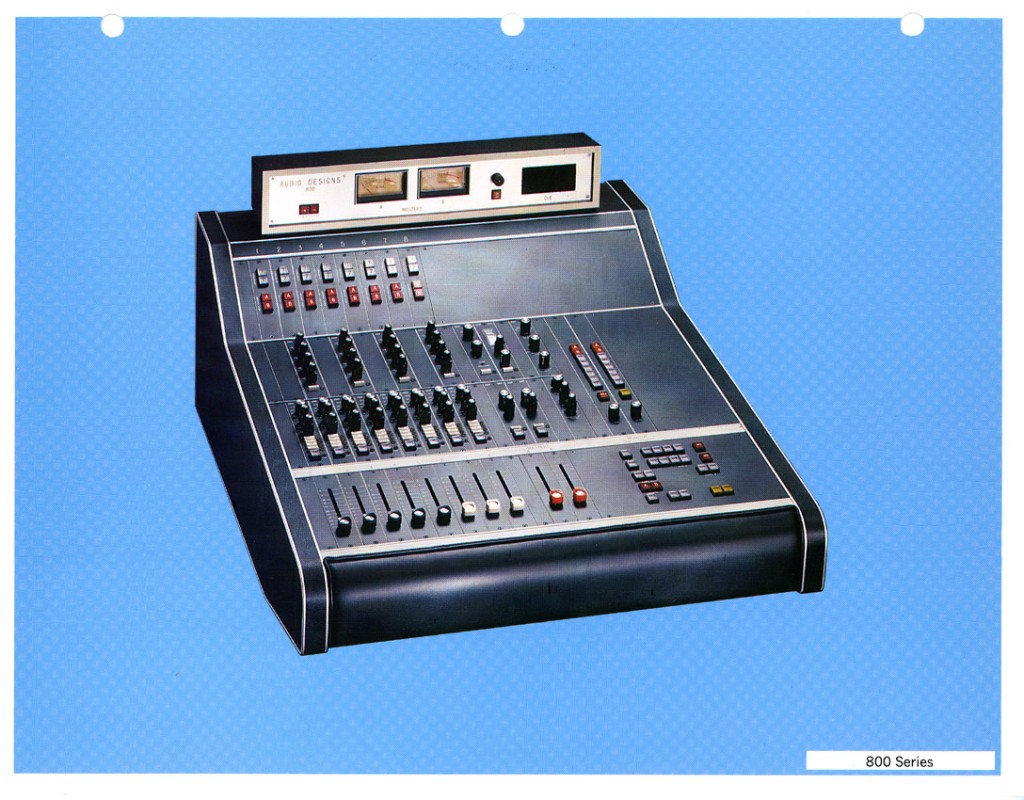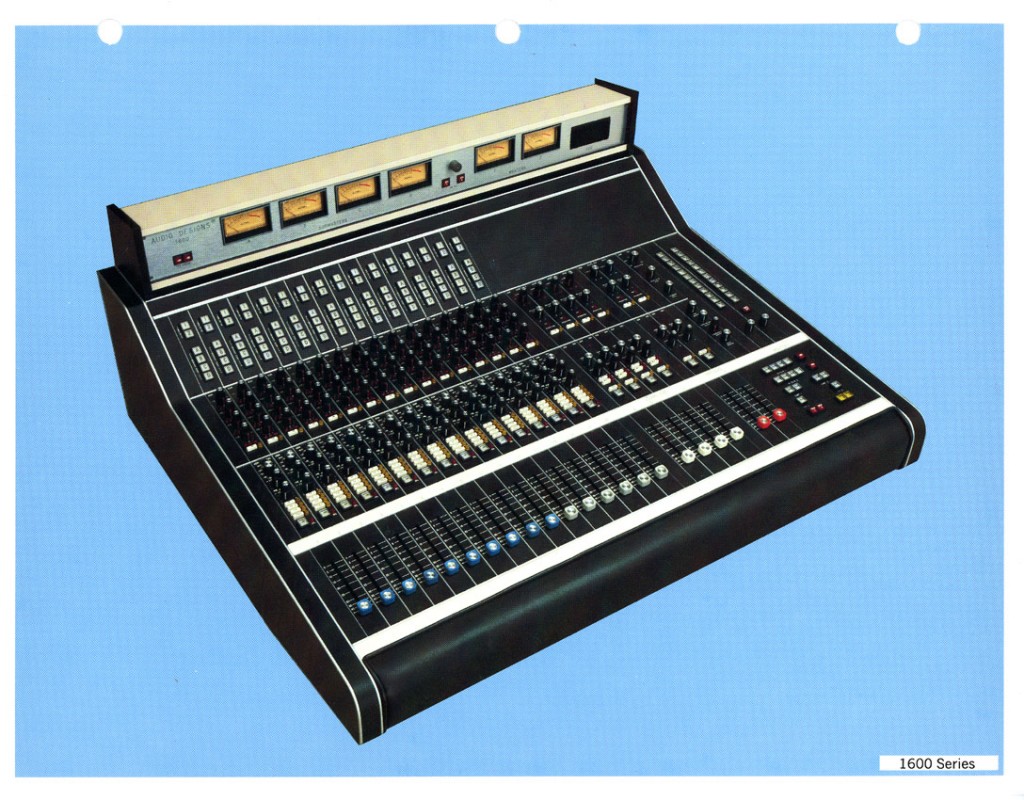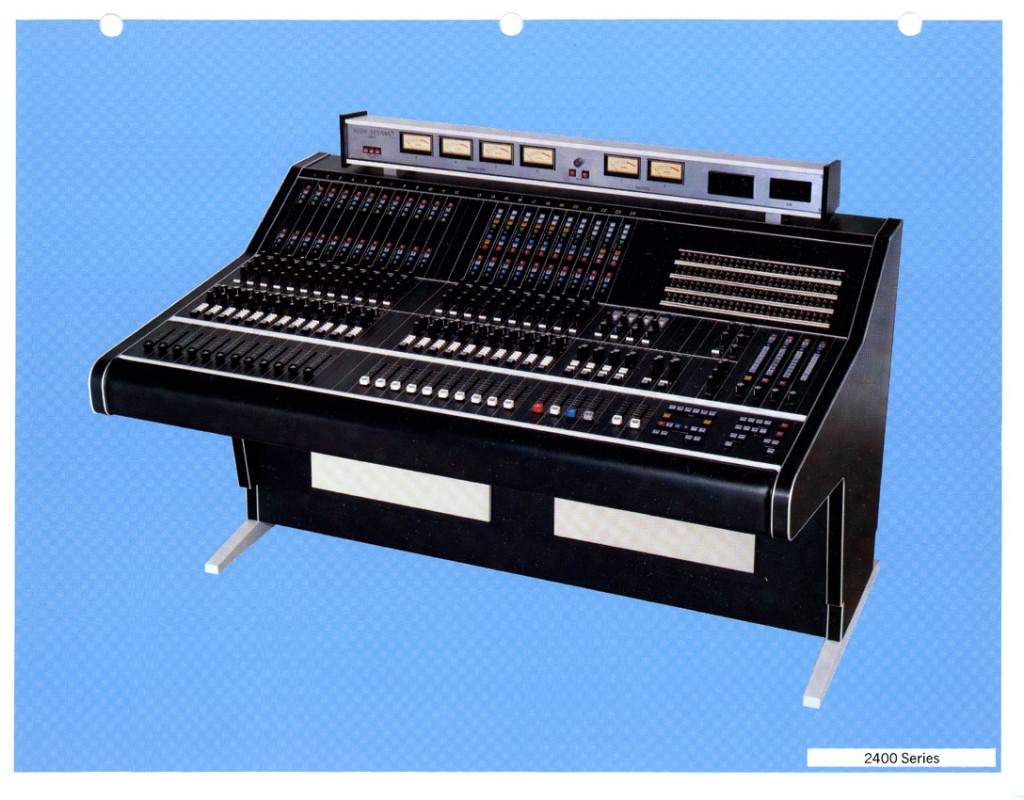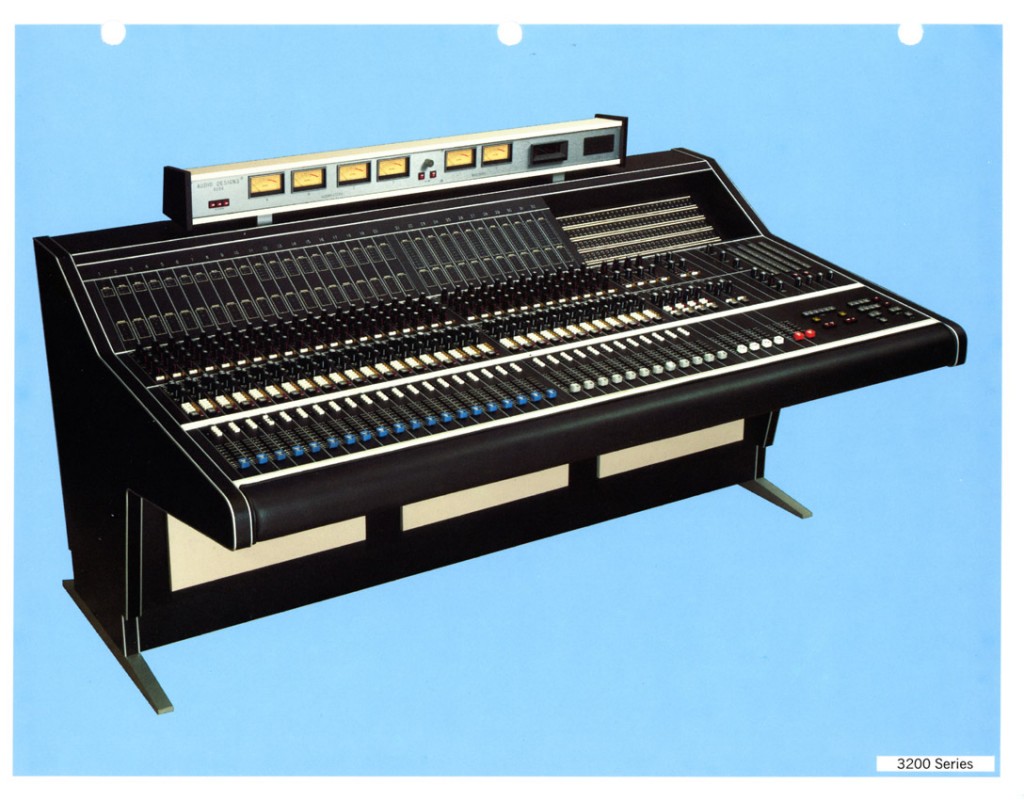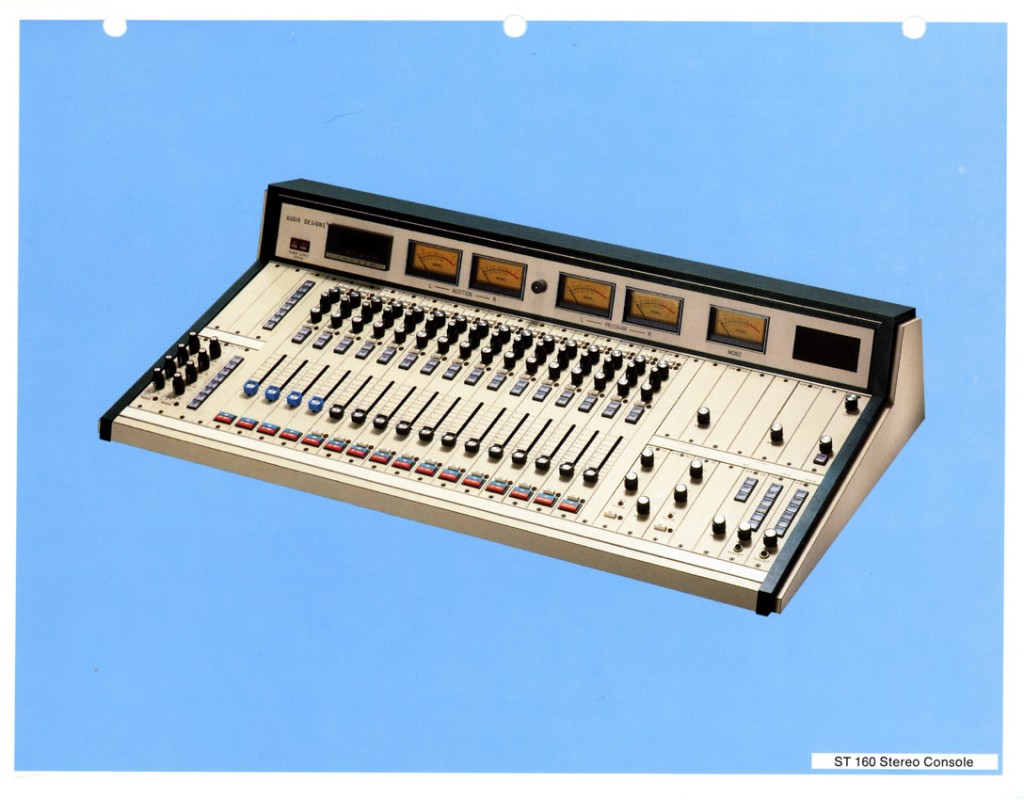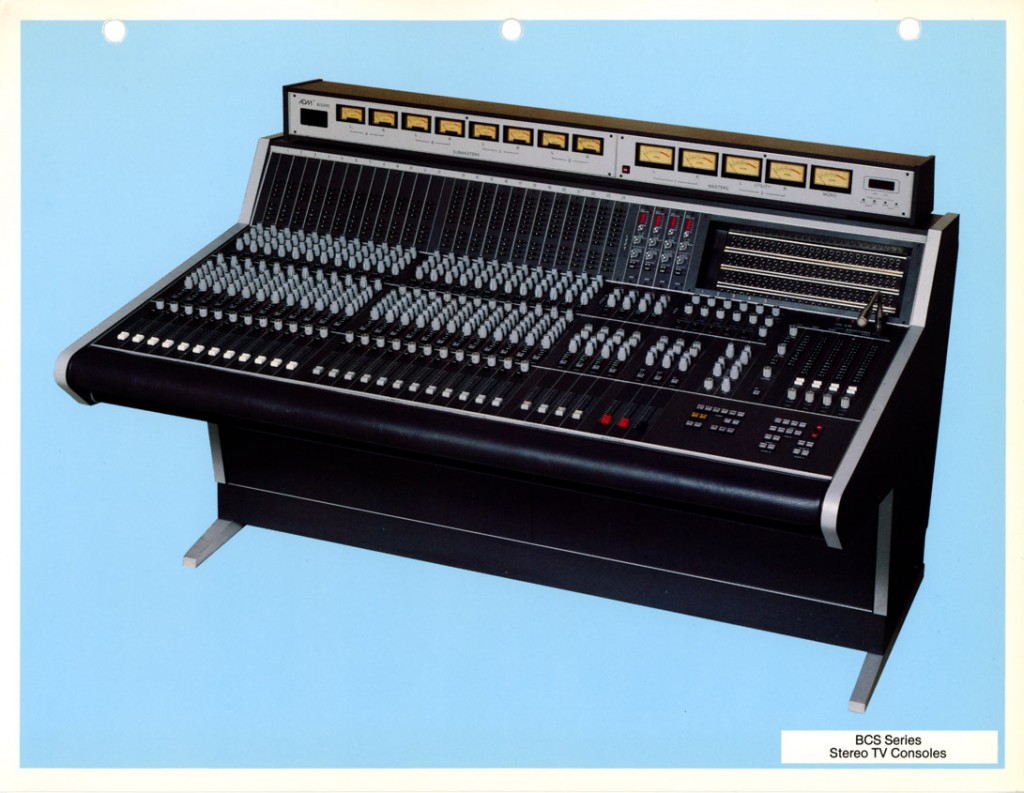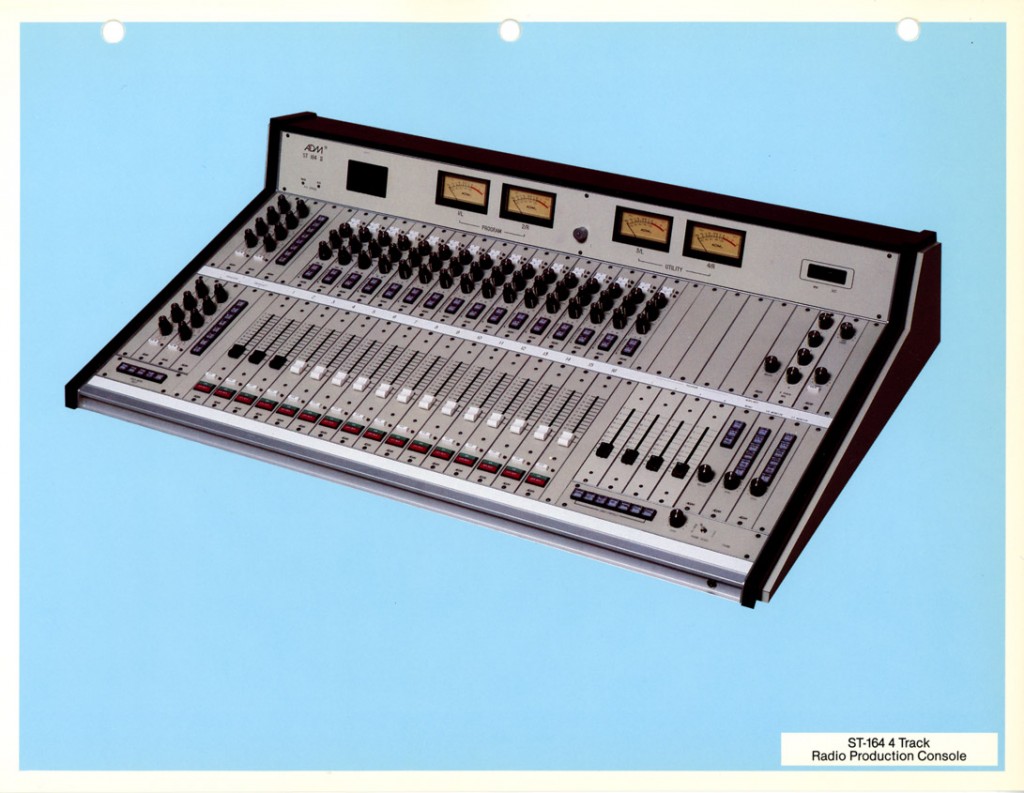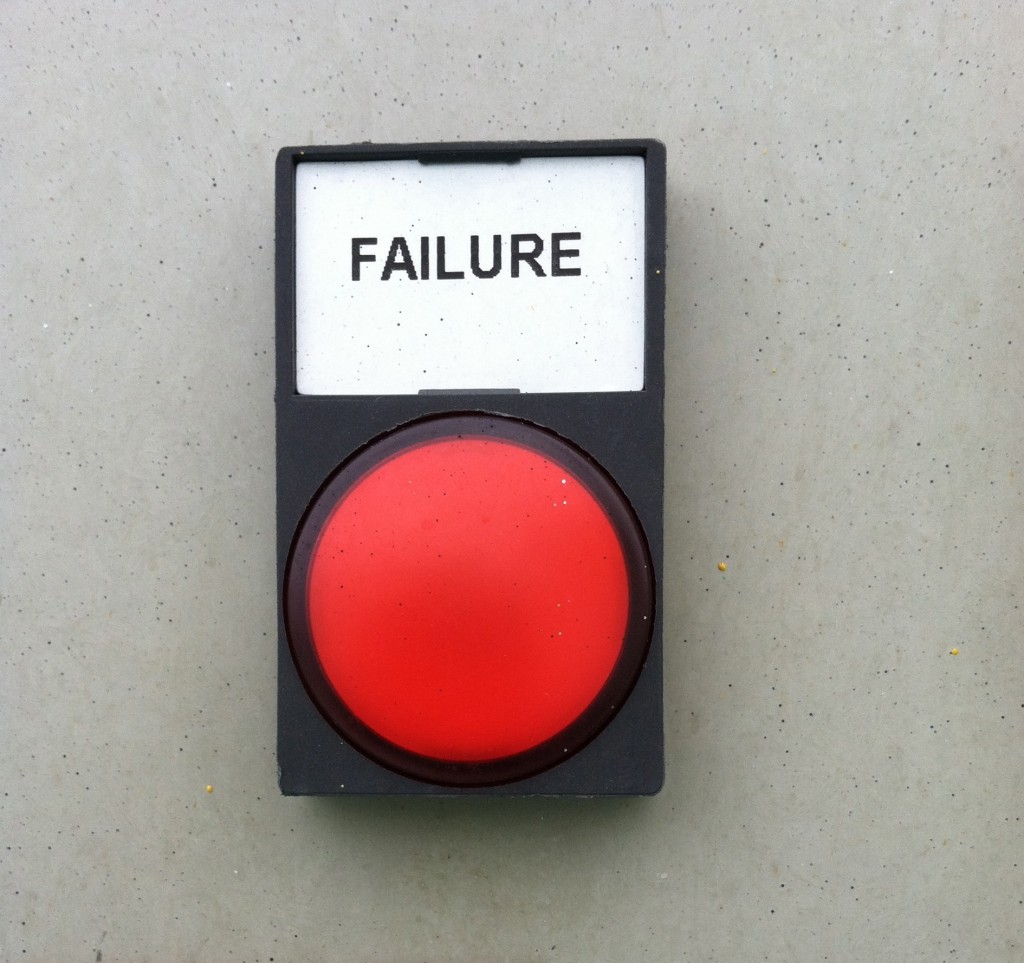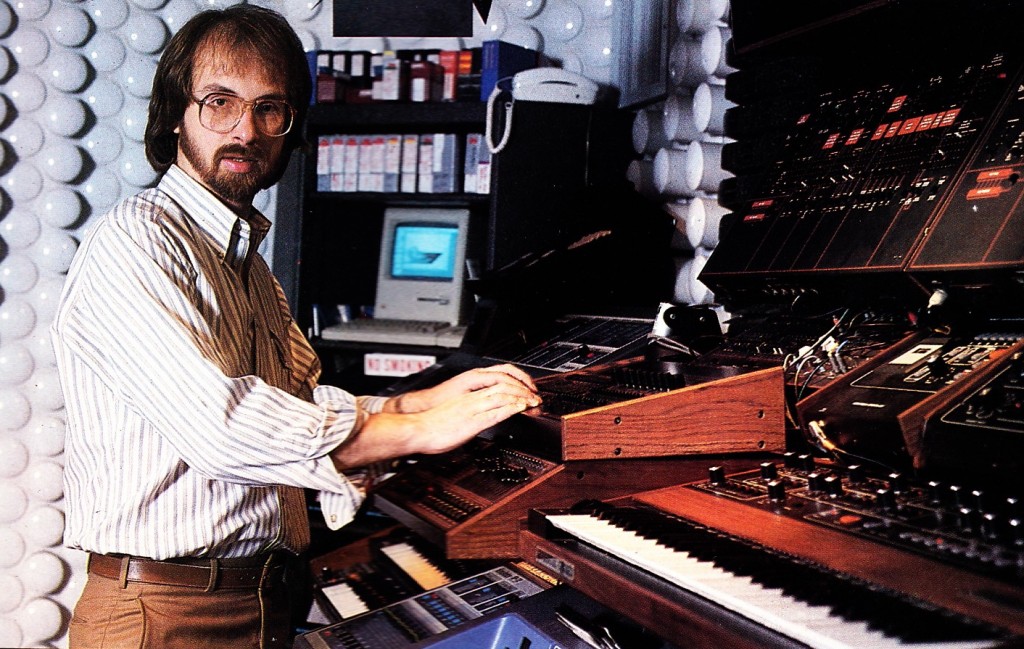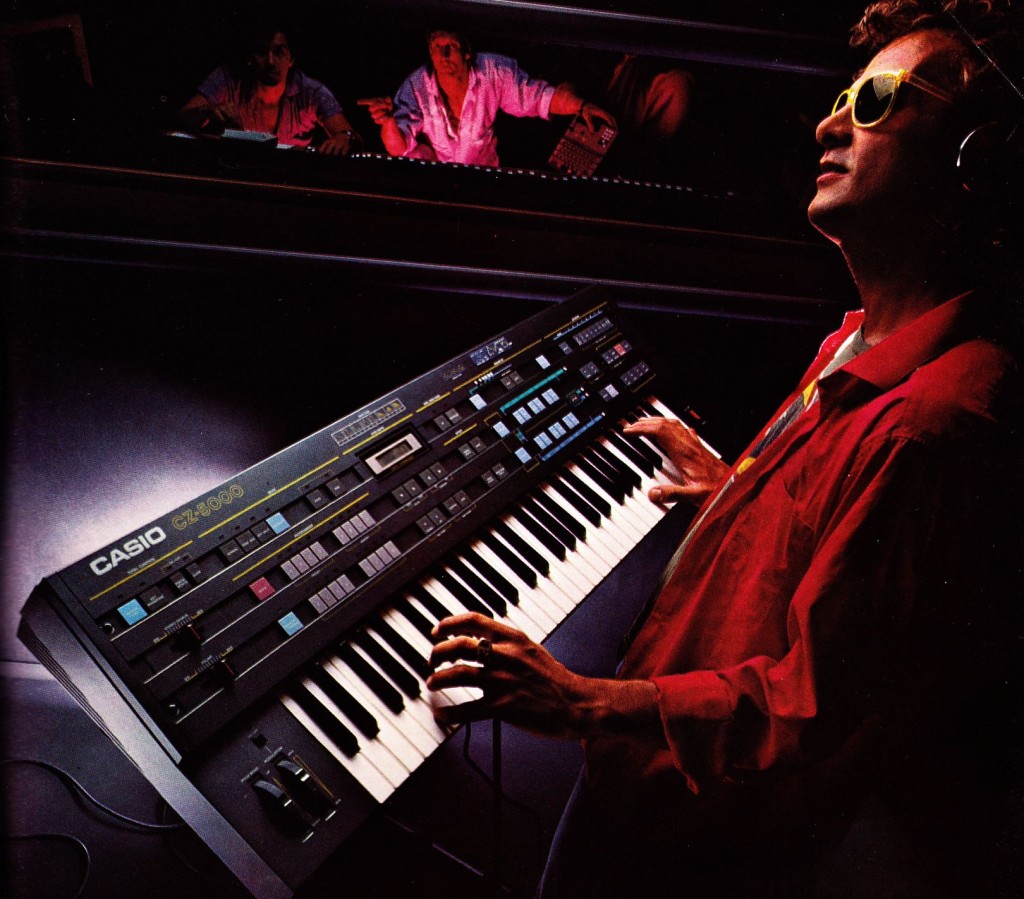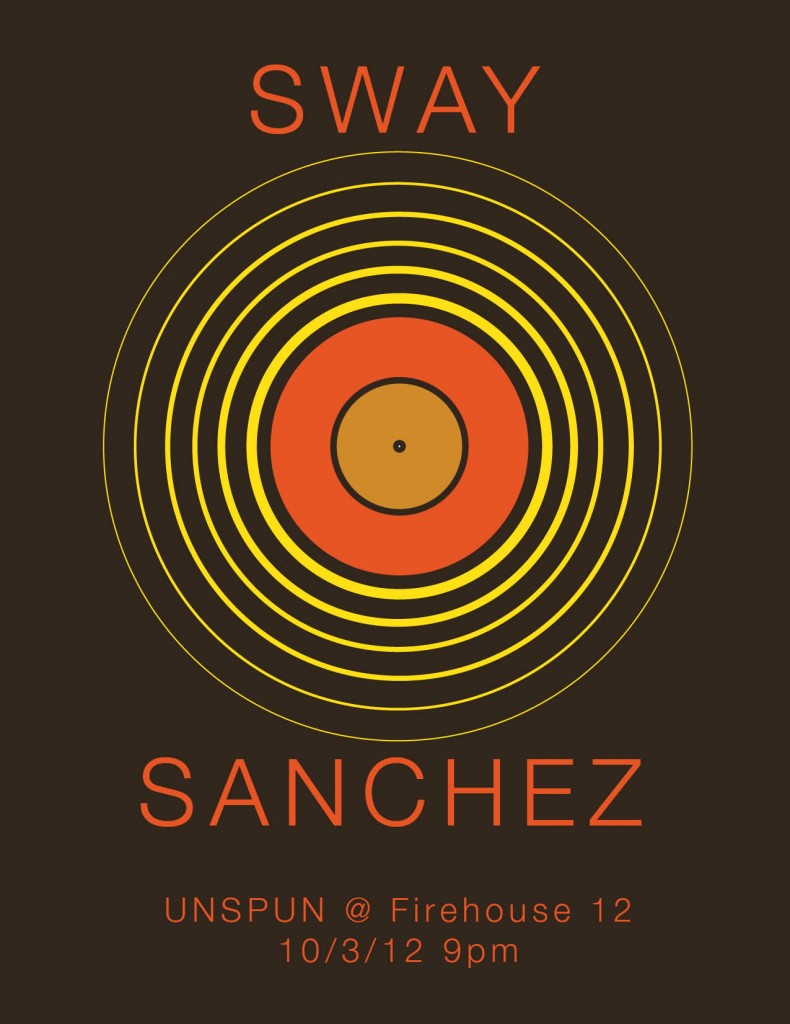 How y’all doin. Been a little slow on the new material this week as I’ve been super busy in the studio workin on a exciting new record for a fine artist… more to come on that. Anyhow, wanna thank JBW aka SWAY for inviting me to join him behind the decks at Firehouse 12 in New Haven this coming Wednesday the 3rd. We’ll be spinning from nine til one for their ‘UNSPUN’ party; i’m diggin deep into my collection of ye old rocknsoul for this one. Expect loud drums and a whole lotta tambourine. If you haven’t been to Firehouse 12, it is really a fantastic bar, great space, great libations.
How y’all doin. Been a little slow on the new material this week as I’ve been super busy in the studio workin on a exciting new record for a fine artist… more to come on that. Anyhow, wanna thank JBW aka SWAY for inviting me to join him behind the decks at Firehouse 12 in New Haven this coming Wednesday the 3rd. We’ll be spinning from nine til one for their ‘UNSPUN’ party; i’m diggin deep into my collection of ye old rocknsoul for this one. Expect loud drums and a whole lotta tambourine. If you haven’t been to Firehouse 12, it is really a fantastic bar, great space, great libations.
Author: chris
Magnecord-Specified Album Circa 1955
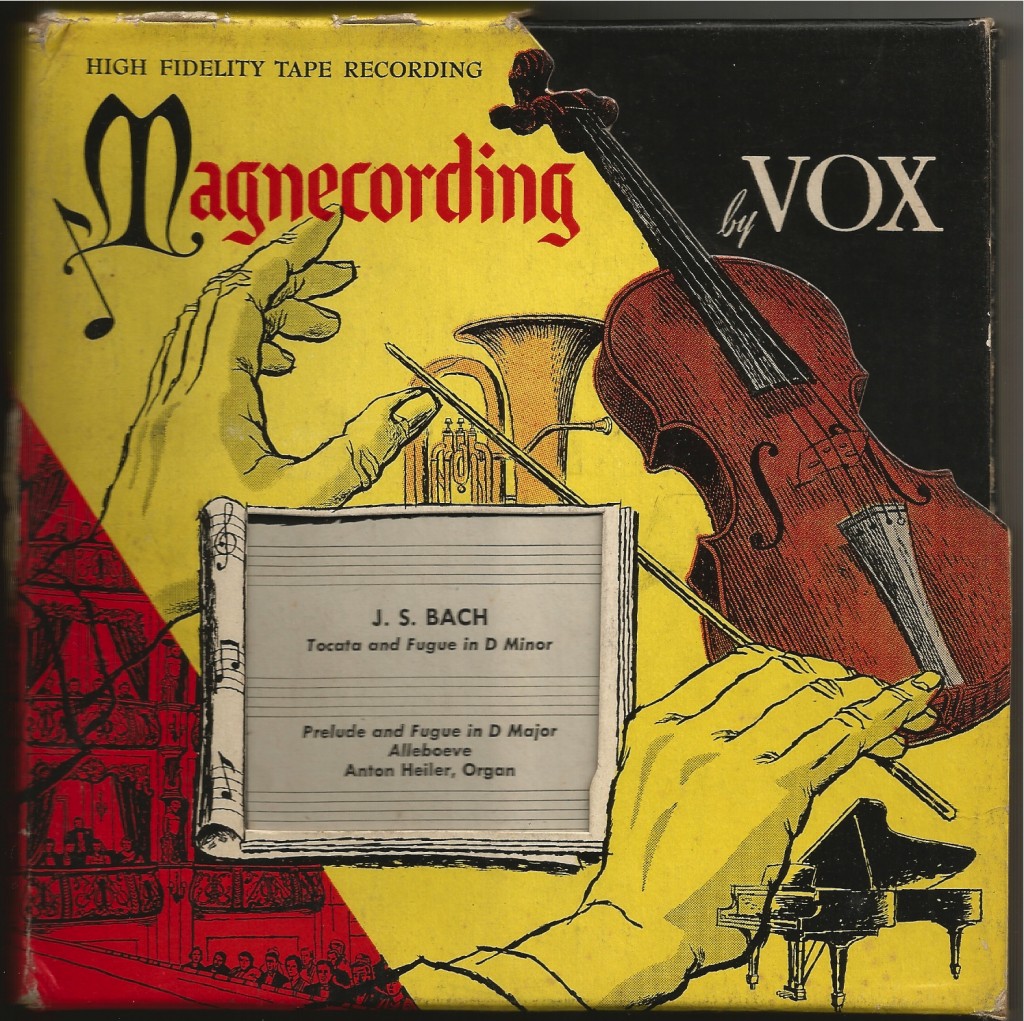 If you’ve been following this website for some time, you’ll know that I’ve written a lot about the Magnecord Company and its products, especially the iconic PT6 (of which I own, and still use, two restored examples). On PS dot com you can find many things Magnecord, from original catalogs to factory photos, company correspondence, issues of the corporate magazine, bios and stories from the original designer, and all the way up to contemporary recordings I’ve made with the machines. NEways… reader RM sent us this interesting curiosity: a VOX-label organ recording of Bach’s Fugue In D-Minor which was apparently specially mastered to allow for ideal playback characteristics on Magnecord decks. No idea if this indeed offered some special advantage in terms of fidelity or if it simply a marketing ploy? Were these commercially sold as albums or were they a value-added bit when the machines were purchased? Anyone?
If you’ve been following this website for some time, you’ll know that I’ve written a lot about the Magnecord Company and its products, especially the iconic PT6 (of which I own, and still use, two restored examples). On PS dot com you can find many things Magnecord, from original catalogs to factory photos, company correspondence, issues of the corporate magazine, bios and stories from the original designer, and all the way up to contemporary recordings I’ve made with the machines. NEways… reader RM sent us this interesting curiosity: a VOX-label organ recording of Bach’s Fugue In D-Minor which was apparently specially mastered to allow for ideal playback characteristics on Magnecord decks. No idea if this indeed offered some special advantage in terms of fidelity or if it simply a marketing ploy? Were these commercially sold as albums or were they a value-added bit when the machines were purchased? Anyone?
Above: ADM console constructed for NYC’s A+R Recording c. 1976
Nice set for y’all today, courtesy of reader T.F. T. sent over a large collection of ADM console images spanning the mid seventies into the 1980s. I know next to nothing about ADM, other than it was very well-made equipment: discrete op-amps, UTC or similar-quality transformers, and inductor-based EQs are featured in many of their modules. There’s not a tremendous amount of information on this kit online, but this guy always seems to have a few pieces of sale on eBay: both raw modules and P+P ready racked units.
Regarding the console pictured above, T. writes:
“it’s got the patented CRT spectrum graph option (left top) and it’s a Quad console, note the two panning joysticks on the upper right of the board. A&R made quad records for Project 3 with Enoch Light and some rock quad mixes were done there too. I have one of the ADM joystick panners, it was an interesting piece of machine work. 4 pots controlled by the joystick mechanism, driving VCA’s. All ADM consoles from the mid-70’s forward used their patented Slidex faders controlling VCA’s, nothing was done directly from the fader. In those days, you wanted to protect your console surface from spilled drinks and other substances. For what it’s worth, all the ADM stuff I have is on par with API, Harrison and Spectra of the same era. American design, different from Neve and the Brits.”
In the comments section at the end of the post (click ‘comments’), you can find some additional commentary from T.F. on the ADM brand and their products.
Scroll down for the rest of the photo set. If anyone is currently using any of these modules for audio production work, drop a line and let us know yr thoughts. And if you were involved with the ADM corporation, we’d love to hear a bit about the company; its origins, evolution, and current work of it’s principles/designers.
CIRCA 1976
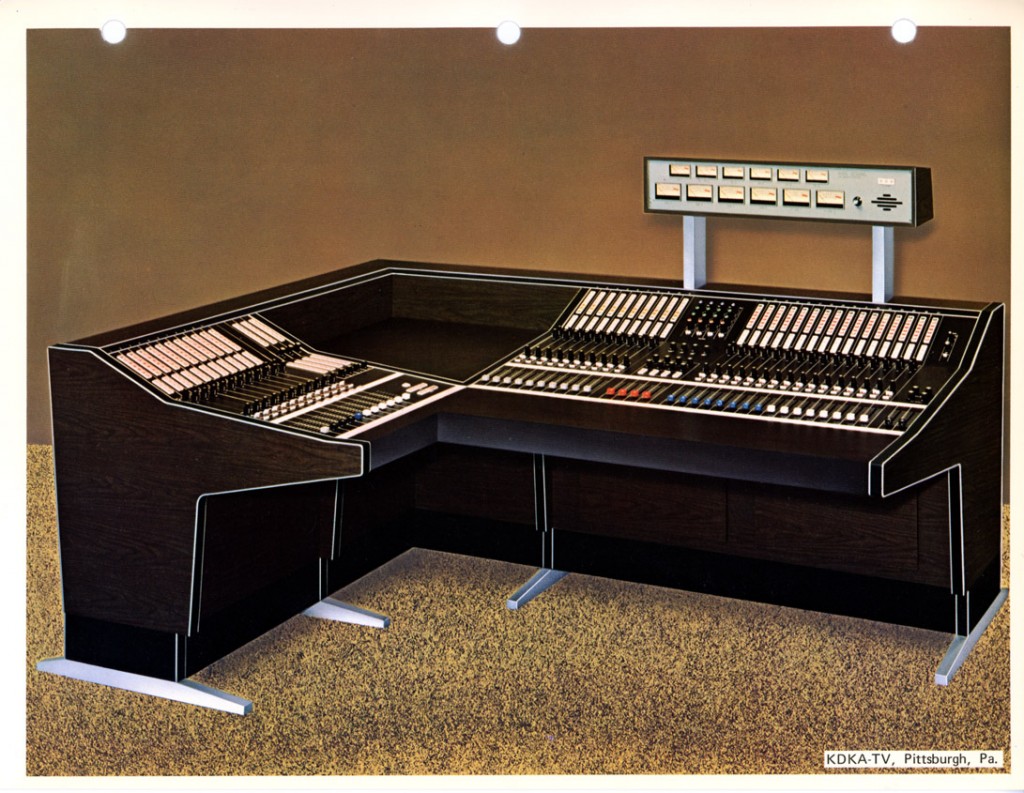 ADM console constructed for KDKA-TV, Pittsburg
ADM console constructed for KDKA-TV, Pittsburg
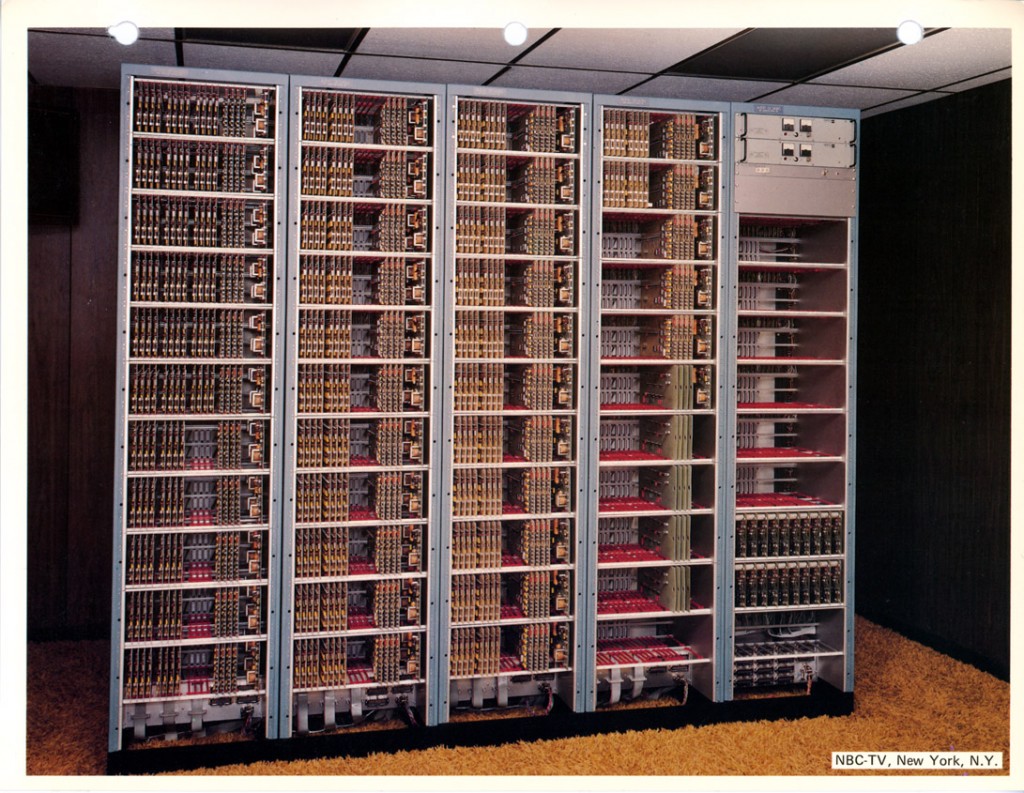 Routing system constructed for NBC TV, NY
Routing system constructed for NBC TV, NY
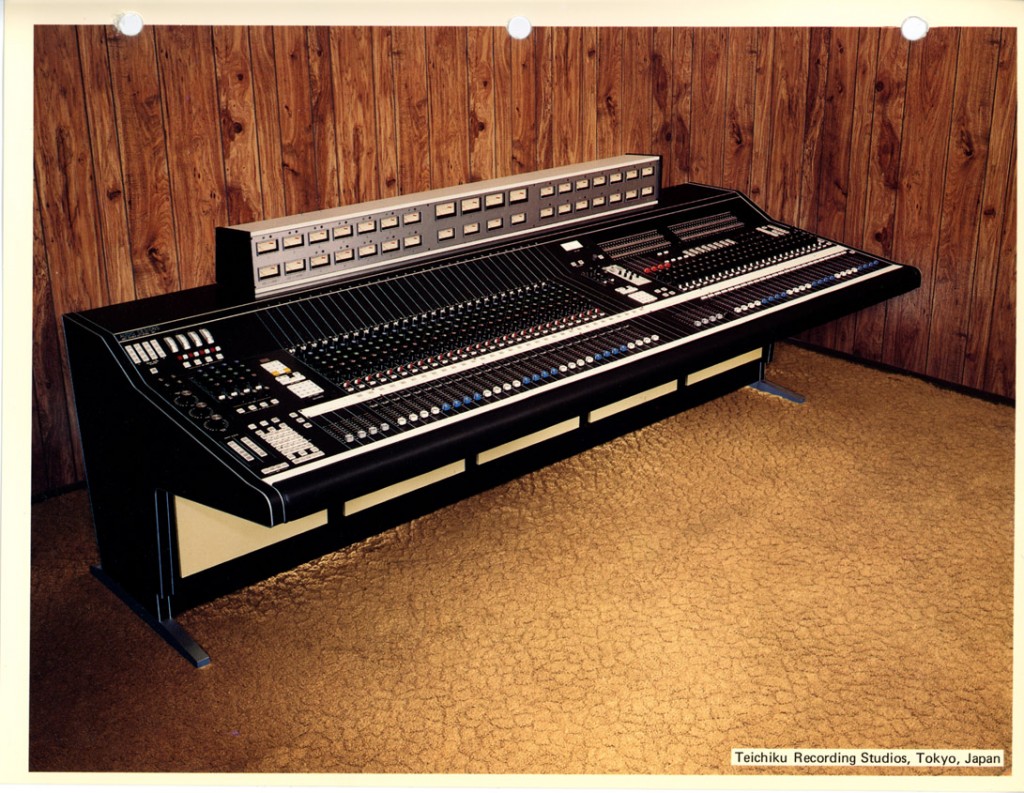 ADM console constructed for Teichiku Recording, Tokyo
ADM console constructed for Teichiku Recording, Tokyo
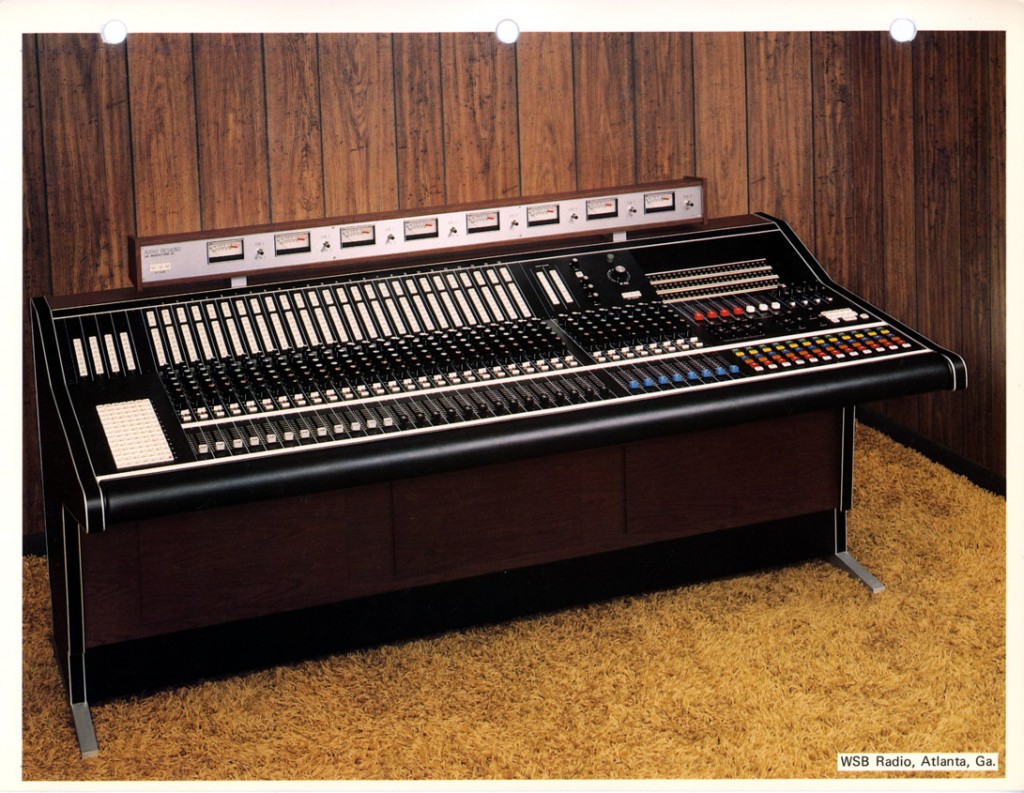 ADM Console constructed for WSB Radio, Atlanta
ADM Console constructed for WSB Radio, Atlanta
*************
*******
CIRCA 1980
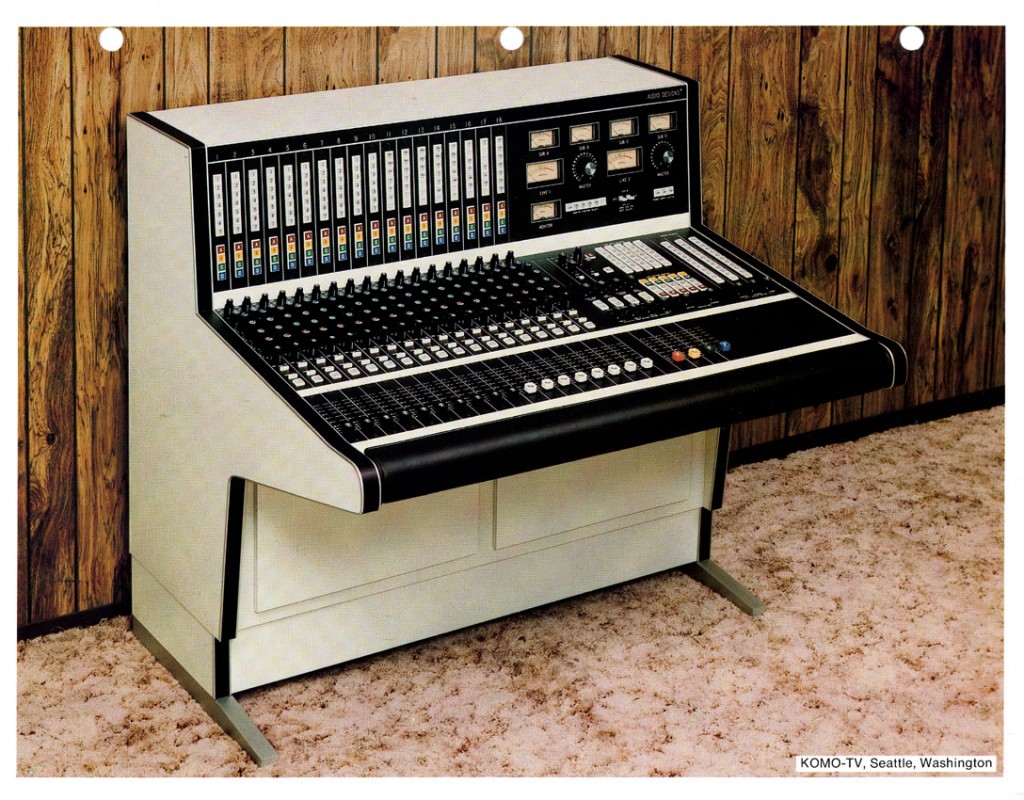 ADM console constructed for KOMO TV, Seattle
ADM console constructed for KOMO TV, Seattle
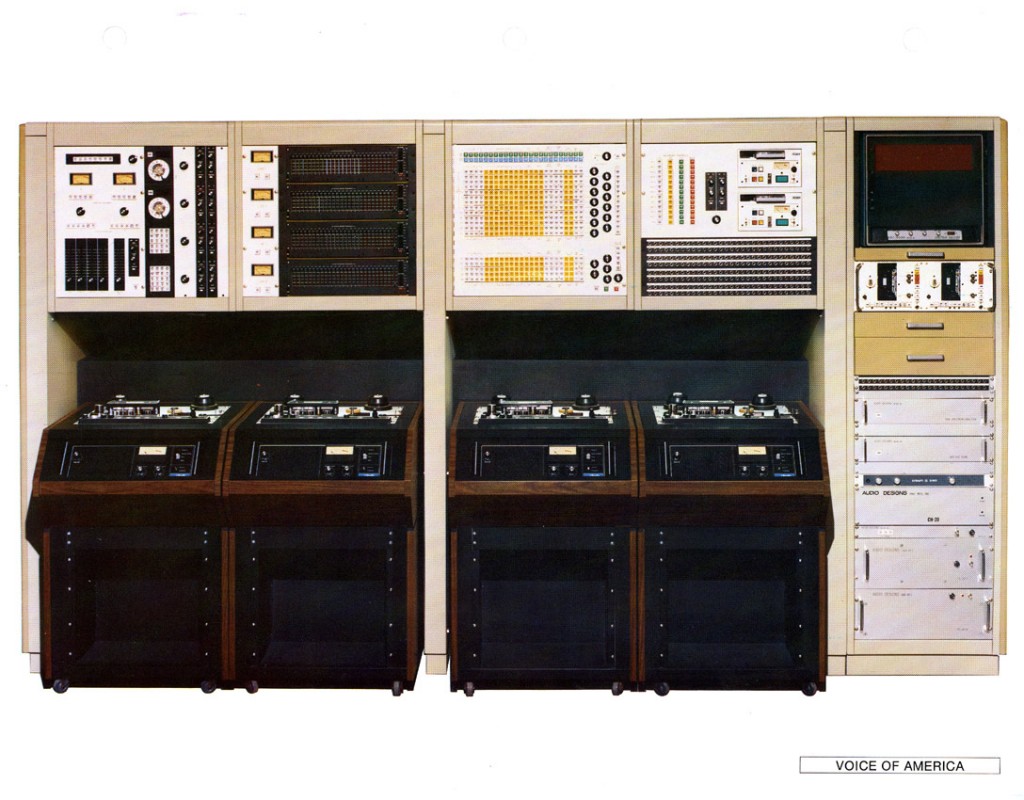 ADM Automation system constructed for the Voice Of America
ADM Automation system constructed for the Voice Of America
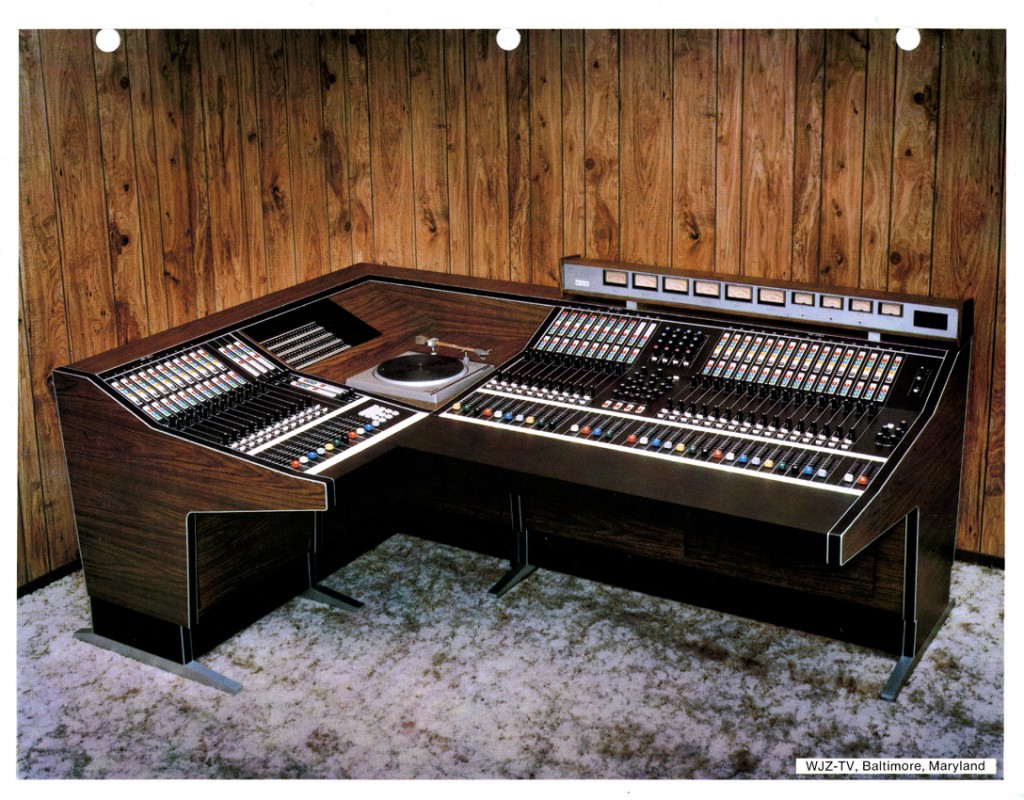 ADM Console constructed for WJZ TV, Baltimore
ADM Console constructed for WJZ TV, Baltimore
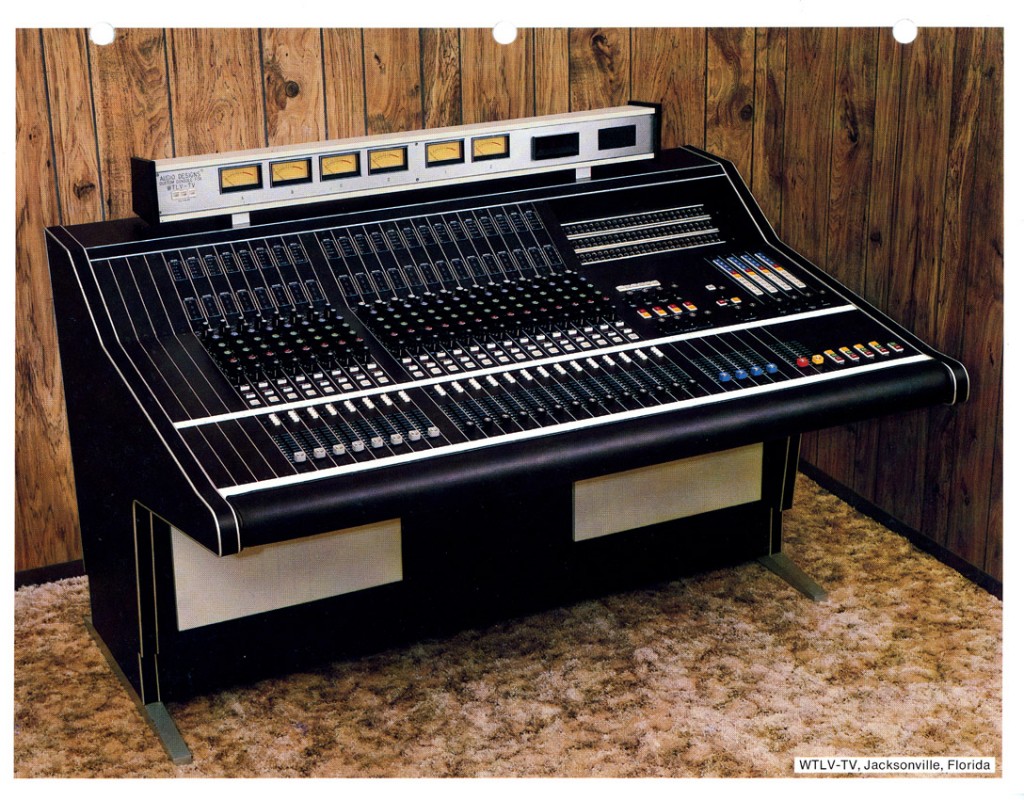 ADM console constructed for WTLV-TV, Jacksonville
ADM console constructed for WTLV-TV, Jacksonville
*************
*********
CIRCA MID 1980s
A later routing system constructed for NBC
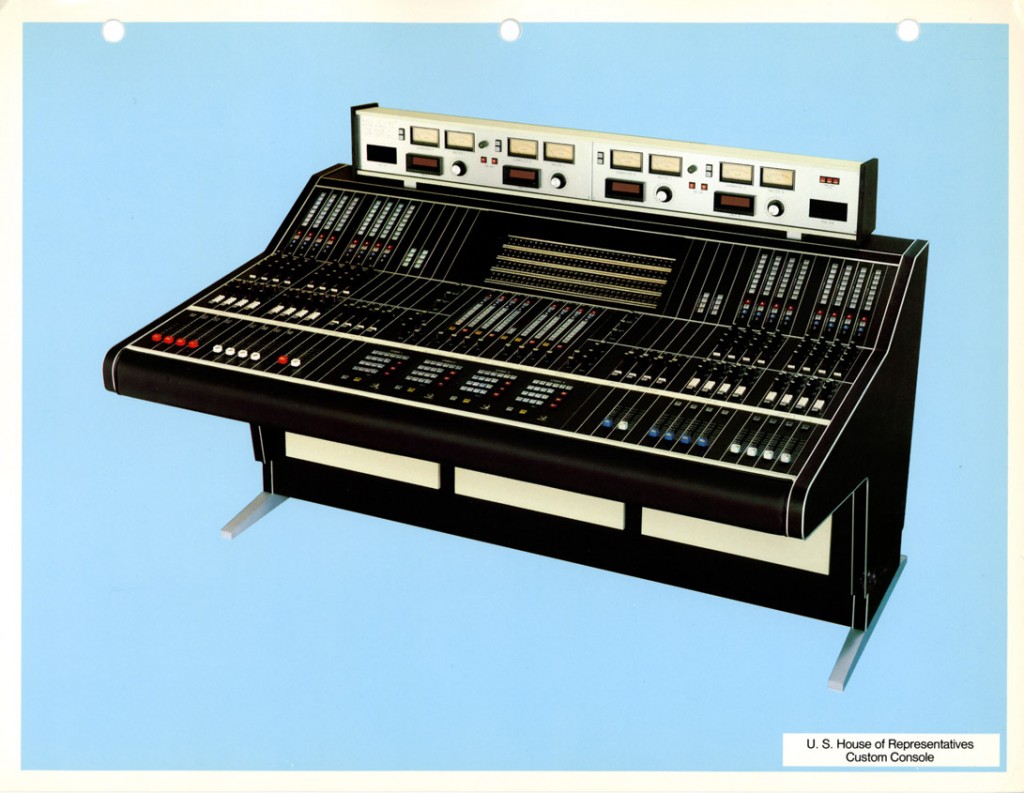 ADM console constructed for the U.S. House of Representatives
ADM console constructed for the U.S. House of Representatives
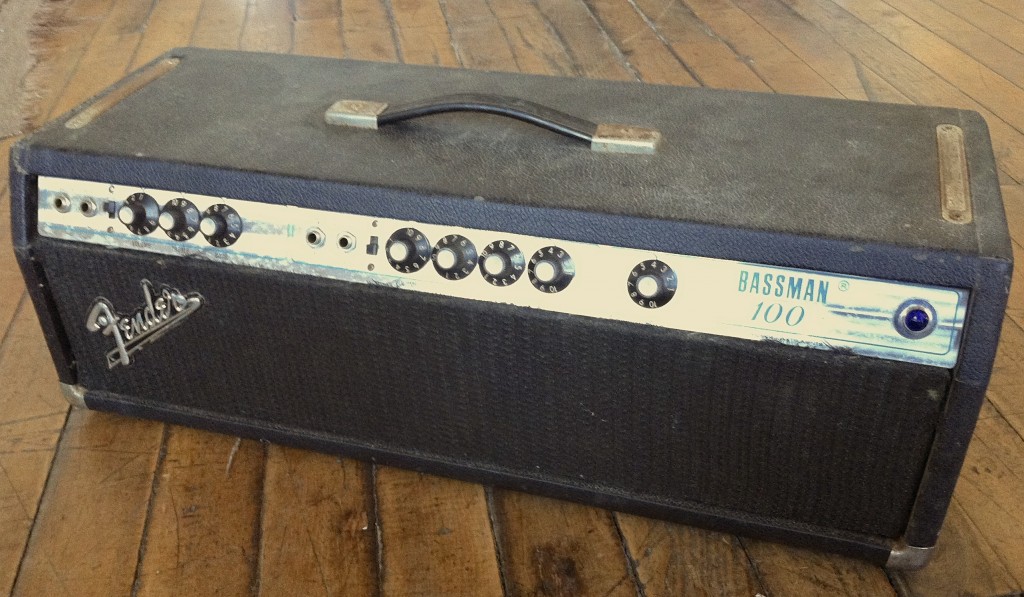 Of all the non-PCB tube amps that Fender ever made, the one most likely to rot away unloved in some dude’s attic is probably the Bassman 100. Too wimpy to be a useful bass amp, too loud to be a good studio guitar amp, and too boring for anyone to give a shit about, the Bassman 100 is just begging to be a parts-donor for someone else’s broken Twin Reverb. Naturally, when I saw one at the flea market this weekend, I couldn’t resist buying it.
Of all the non-PCB tube amps that Fender ever made, the one most likely to rot away unloved in some dude’s attic is probably the Bassman 100. Too wimpy to be a useful bass amp, too loud to be a good studio guitar amp, and too boring for anyone to give a shit about, the Bassman 100 is just begging to be a parts-donor for someone else’s broken Twin Reverb. Naturally, when I saw one at the flea market this weekend, I couldn’t resist buying it.
The seller told me, plainly, that is it needed work; “It hums and buzzes; the guy said it needs a power transformer.” ‘The Guy’ in this case was apparently an electrical engineer who worked for CBS and held several patents? Some kind of electronics genius, I was told? Cum Grano Salis, as the senator said, but I was scared enough that I almost didn’t buy it. Because there are only two parts in a 100-watt tube amp that are expensive to replace: the power transformer and the output transformer. In that case of an 100-watt tube amp as undesirable as a Bassman 100, either of those conditions would make it literally not-worth-fixing. The seller, whom I deal with often, agreed to take it back in a week if I insisted. Fair enough. $140 crosses the table.
As I have commented on before, a tube amp that buzzes and hums is not a bad thing; the fact that it is making sound at all means that at least the power transformer, rectifier, output tubes, and output transformer are working. The rest of the stuff is cheap enough that it shouldn’t be a major deterrent.
I took the thing back to the shop, plugged it in, and guess what: not only did it hum, but it worked, and it was loud. It was loud and it was making bad smells and blowing fuses in 30 seconds also. So oh-keeee… Here’s what needed to be done to get this thing back to ship-shape condition (and no, it did not involve a new power transformer).
This one is gonna be long, and very technical, so please click the link below to READ ON if yr so inclined… (short story: the amp worked great and sounded great after about 3 hours of work and $50 of parts…)
When this light comes on,…
This Is an Amazing Object
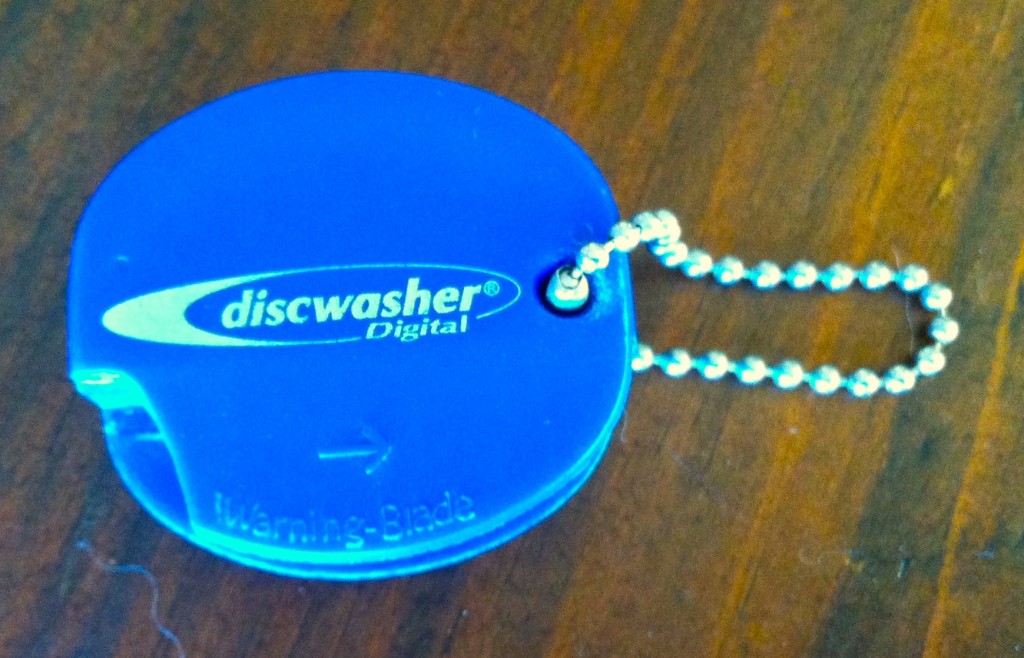 What is this plastic oval? What does it mean?
What is this plastic oval? What does it mean?
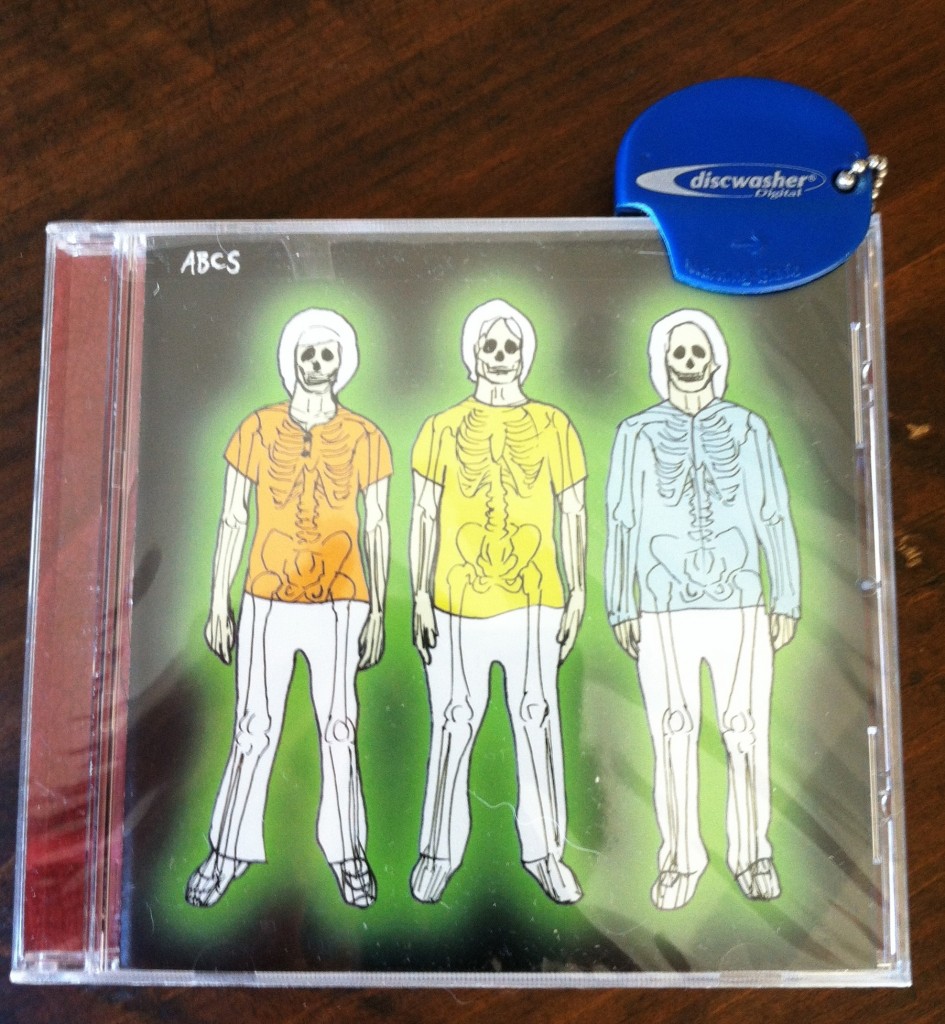 Apparently, we used to buy SO MANY compact-discs that a tool needed to be invented just to facilitate opening the goddamn things. Apparently, no existing household implement was sufficient to accomplish this task, considering the huge bulk volume of CDs that we purchased on a regular basis from Tower, Sam Goody, Trash American Style, etc.
Apparently, we used to buy SO MANY compact-discs that a tool needed to be invented just to facilitate opening the goddamn things. Apparently, no existing household implement was sufficient to accomplish this task, considering the huge bulk volume of CDs that we purchased on a regular basis from Tower, Sam Goody, Trash American Style, etc.
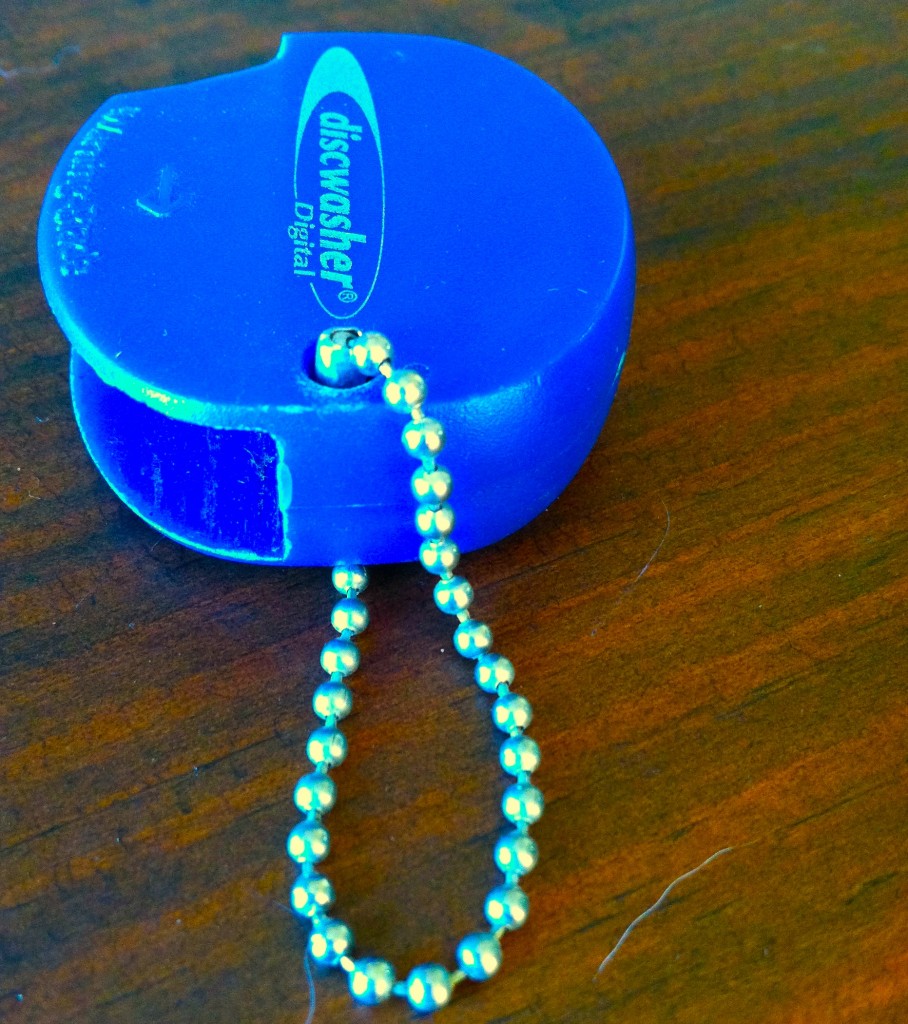 Furthermore, this tool (which could serve absolutely no other purpose than opening a CD) was so crucial to our lifestyle that it included A FKKNG CHAIN to attach it to our keychains. Cos what does one really need on his/her keychain anyway? Car key, house key, maybe one of those mini LED flash lights, oh and right a CD OPENER.
Furthermore, this tool (which could serve absolutely no other purpose than opening a CD) was so crucial to our lifestyle that it included A FKKNG CHAIN to attach it to our keychains. Cos what does one really need on his/her keychain anyway? Car key, house key, maybe one of those mini LED flash lights, oh and right a CD OPENER.
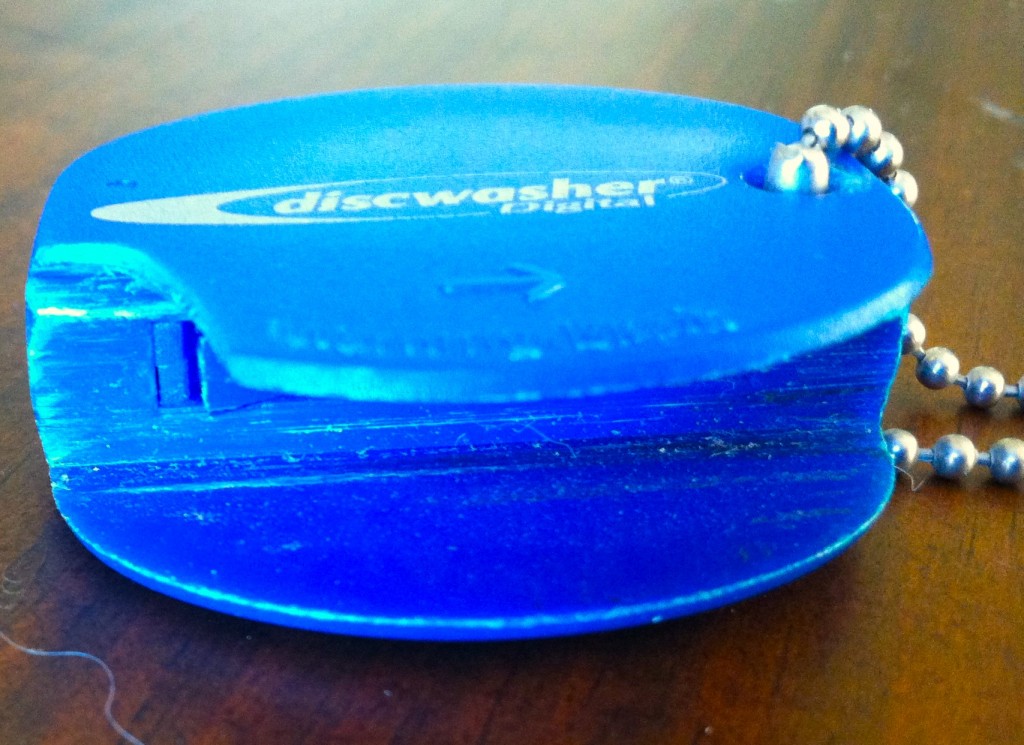 I apparently used mine so much that I actually damaged it, chipping of part of the channel-guide. I wonder: what was the particular album that inspired this frenzied use of the device? What CD needed to be opened with such speed, such force, that the injection-molded nylon was shattered ?
I apparently used mine so much that I actually damaged it, chipping of part of the channel-guide. I wonder: what was the particular album that inspired this frenzied use of the device? What CD needed to be opened with such speed, such force, that the injection-molded nylon was shattered ?
*Did a corresponing product exist in the LP or compact-cassette era? How about in the days of sheet music? Some type of special brown-paper-wrap-cutter?
*Is there a similar modern tool for unpacking ZIP’d folders of bootlegged MP3s?
*Anyone out there have a pile of CD Longboxes saved in their attic, just couldn’t throw the things out?
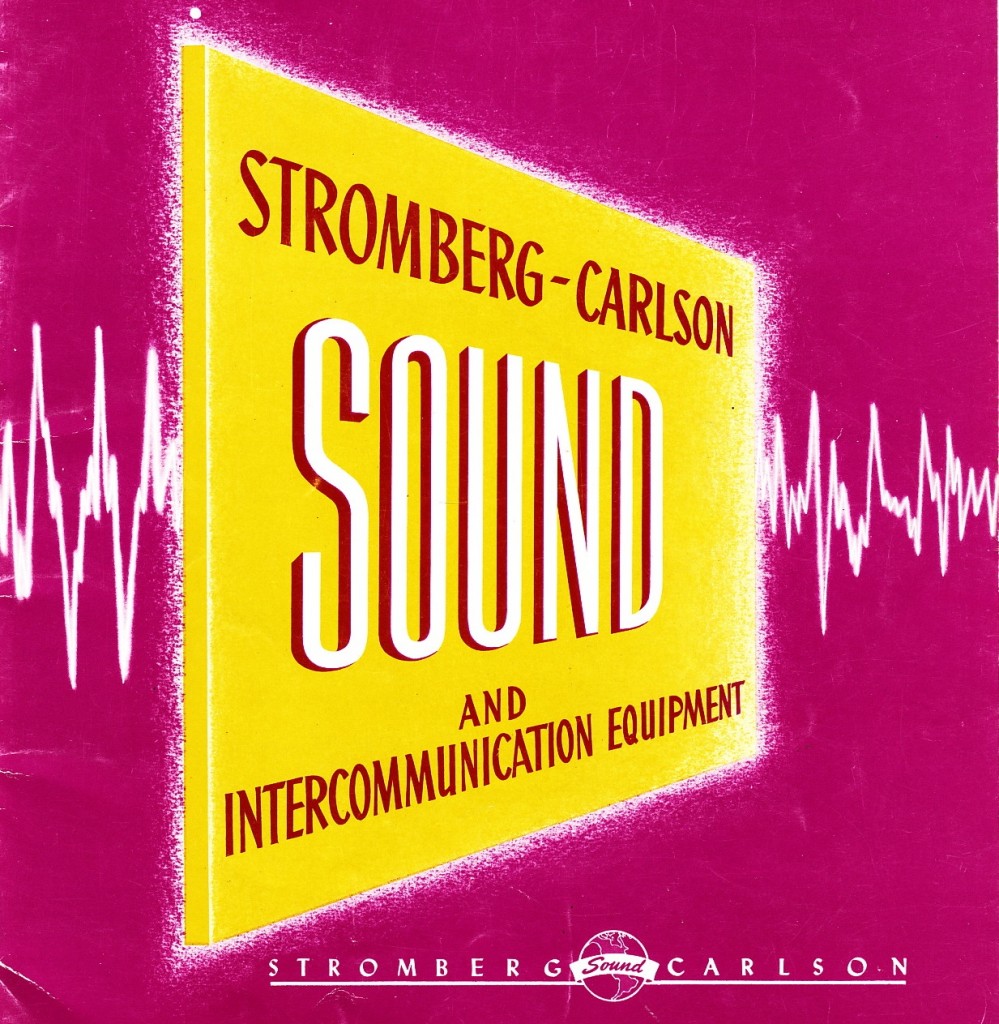 Alright already: it’s time to get away from the arch-obscuro-mixtapes, the pseudo-clever cultural commentary, and the puff pieces on electronic music ‘mavericks’ and get back to the core values of this website: time-consuming scans of ancient catalogs full of antique sound equipment of interest to 20, maybe 30, cranky retired men somewhere in the U.S.
Alright already: it’s time to get away from the arch-obscuro-mixtapes, the pseudo-clever cultural commentary, and the puff pieces on electronic music ‘mavericks’ and get back to the core values of this website: time-consuming scans of ancient catalogs full of antique sound equipment of interest to 20, maybe 30, cranky retired men somewhere in the U.S.
Download a 25pp excerpt (I’ve omitted the telecommunications equipment) of the 1950 Stromberg Carlson Audio Equipment Catalog:
DOWNLOAD: StrombergCarlson_1950
Products covered, with text, specs, and photos, include: Stromberg-Carlson AU-29, AM-48, AM-49, AR-37, AU-32, AU-42, AU-33, AU-34, AM-43C, AP-25, AU-35, AU-36, AV-44, AV-45 amplifiers; AV-38, AV-39, AV-44, AV-45, and AV-46 preamps; Stromberg Carlson PS-29, PS-32, PS-33, PS-34, PS-37, PS-42 portable sound systems; plus a shit tonne of re-branded dynamic mics, speaker enclosures, drivers, including the RF-71, RC-13, RC-14, RC-15, RC-23, RC-25, RC-55, RC-57; Matching transformers, klaxons, and mic stands.
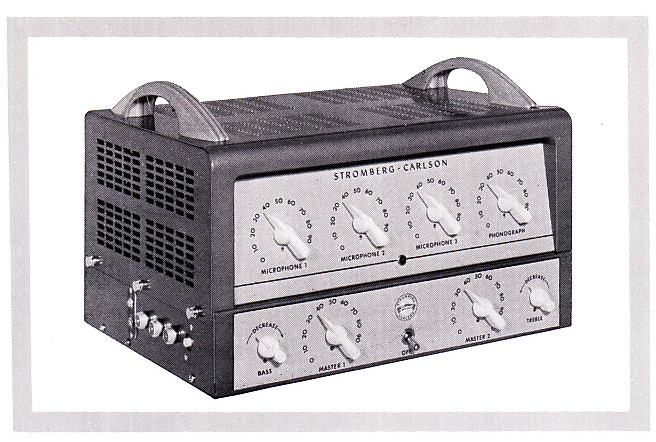 Above: The Stromberg-Carlson AU-35, the top of their mixing-amp range. Interesting piece: it has two separate 25-watt 6L6 output stages, each driven by the same mix. Also touts ‘resistor board’ construction, which I imagine indicates a turret-board rather than terminal strips; even the RCA PA amps of this period uses terminal strips so this is certainly a notable feature in PA sound equipment of the period.
Above: The Stromberg-Carlson AU-35, the top of their mixing-amp range. Interesting piece: it has two separate 25-watt 6L6 output stages, each driven by the same mix. Also touts ‘resistor board’ construction, which I imagine indicates a turret-board rather than terminal strips; even the RCA PA amps of this period uses terminal strips so this is certainly a notable feature in PA sound equipment of the period.
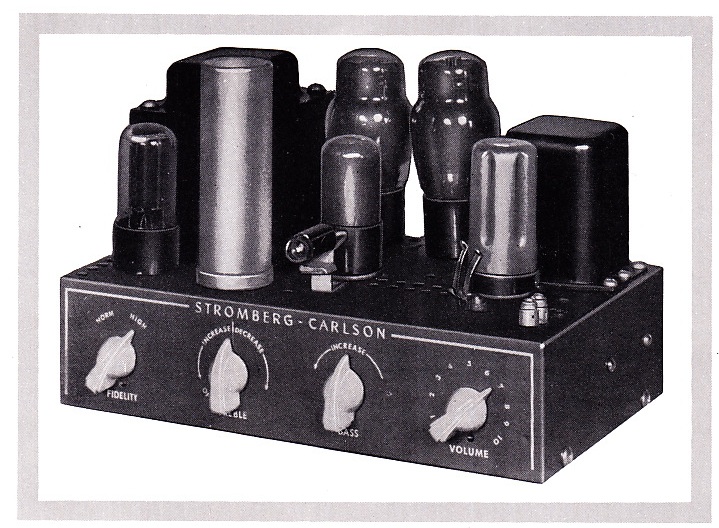 The AR-37 ‘record amplifier,’ a ten-watt amp with a variety of frequency-compensation features intended to adapt it to the various record response-curves prior to RIAA standardization.
The AR-37 ‘record amplifier,’ a ten-watt amp with a variety of frequency-compensation features intended to adapt it to the various record response-curves prior to RIAA standardization.
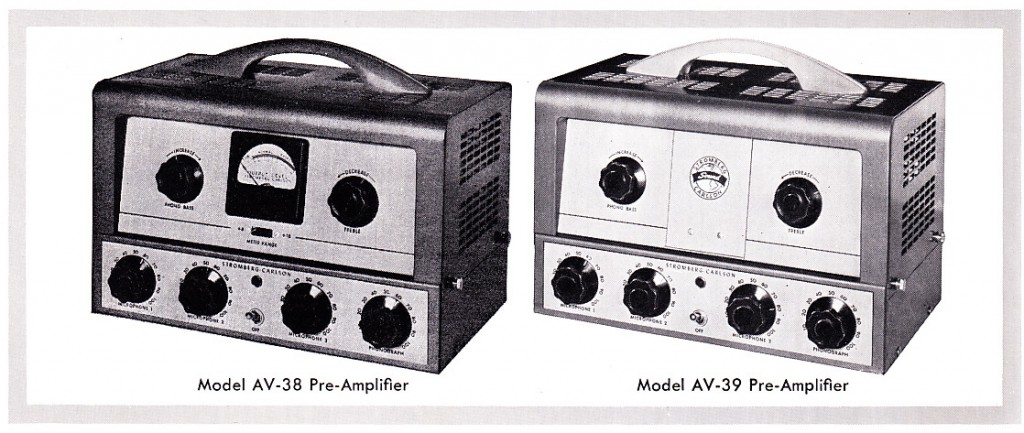 Above: the only Stromberg-Carlson piece that I have spent a (regrettable) span of time with, the AV-38 pre-amplifier. Loaded with shielded RCA input transformers and a very nice Triad (IICRC…) output, it worked fine out-of-the-box and it was certainly worth the $200 that I paid for it. But, despite replacing several of the 6SC7s, recapping, adding a choke, and removing some extraneous crap, I could never get it to be ‘studio-quiet.’ And it probably never was intended to be such. Anyhow…it’s gone to a better place now. The AV-39 lacked the input transformers and the meter; otherwise identical.
Above: the only Stromberg-Carlson piece that I have spent a (regrettable) span of time with, the AV-38 pre-amplifier. Loaded with shielded RCA input transformers and a very nice Triad (IICRC…) output, it worked fine out-of-the-box and it was certainly worth the $200 that I paid for it. But, despite replacing several of the 6SC7s, recapping, adding a choke, and removing some extraneous crap, I could never get it to be ‘studio-quiet.’ And it probably never was intended to be such. Anyhow…it’s gone to a better place now. The AV-39 lacked the input transformers and the meter; otherwise identical.
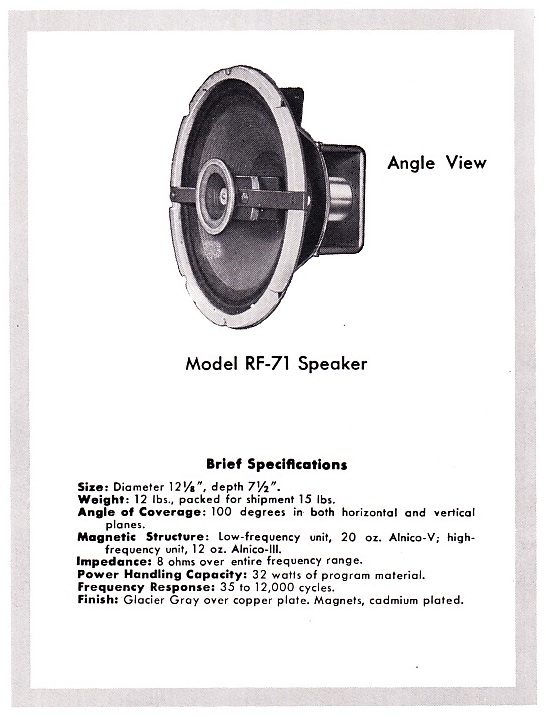 Above: the RF-71, SC’s top-end driver of the period. At some point they made some more sophisticated units, including these guys… good god that price!
Above: the RF-71, SC’s top-end driver of the period. At some point they made some more sophisticated units, including these guys… good god that price!
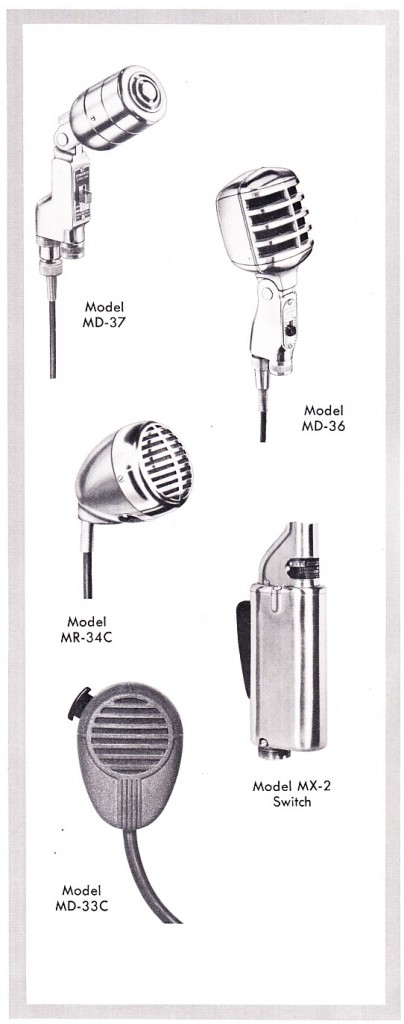 Stromberg Carlson didn’t manufacture microphones that I am aware of, but you can find a huge variety of SC-branded Shures, EVs, and Turners on eBay to-this-day.
Stromberg Carlson didn’t manufacture microphones that I am aware of, but you can find a huge variety of SC-branded Shures, EVs, and Turners on eBay to-this-day.
Fall 2012 Mixtape
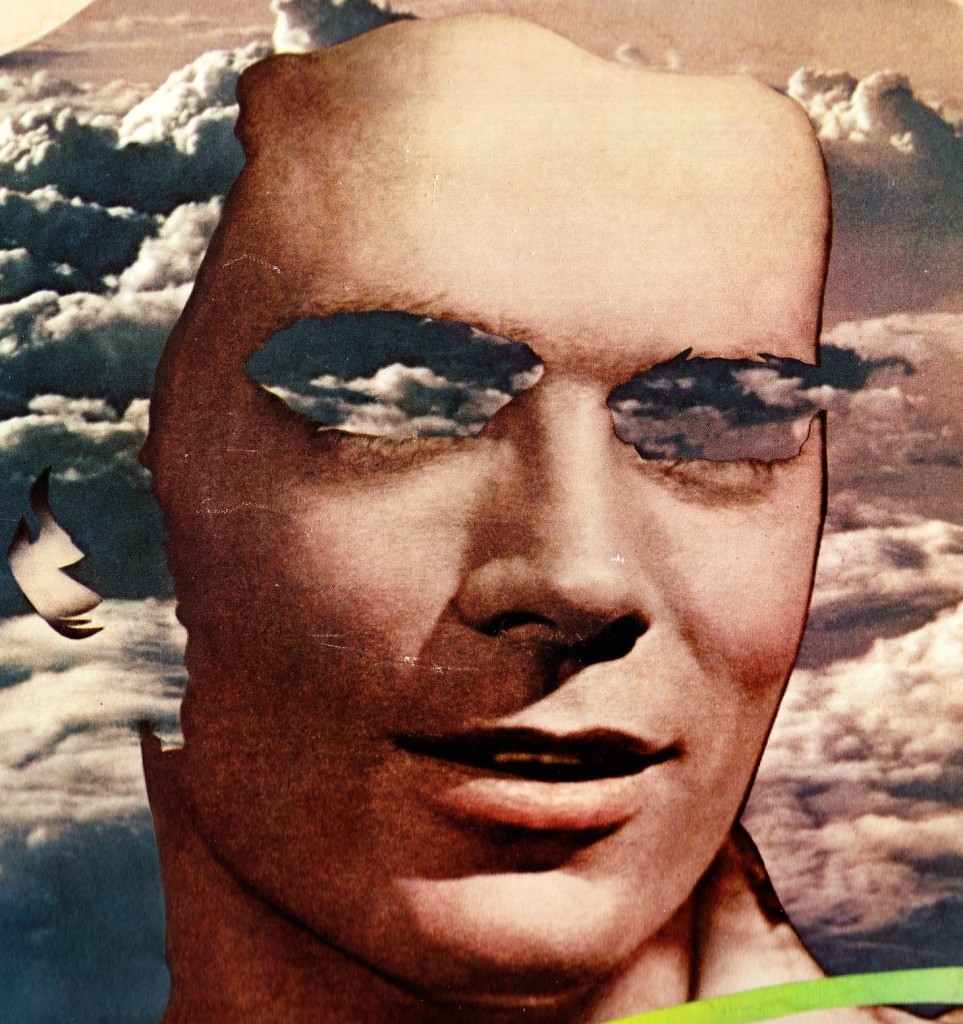

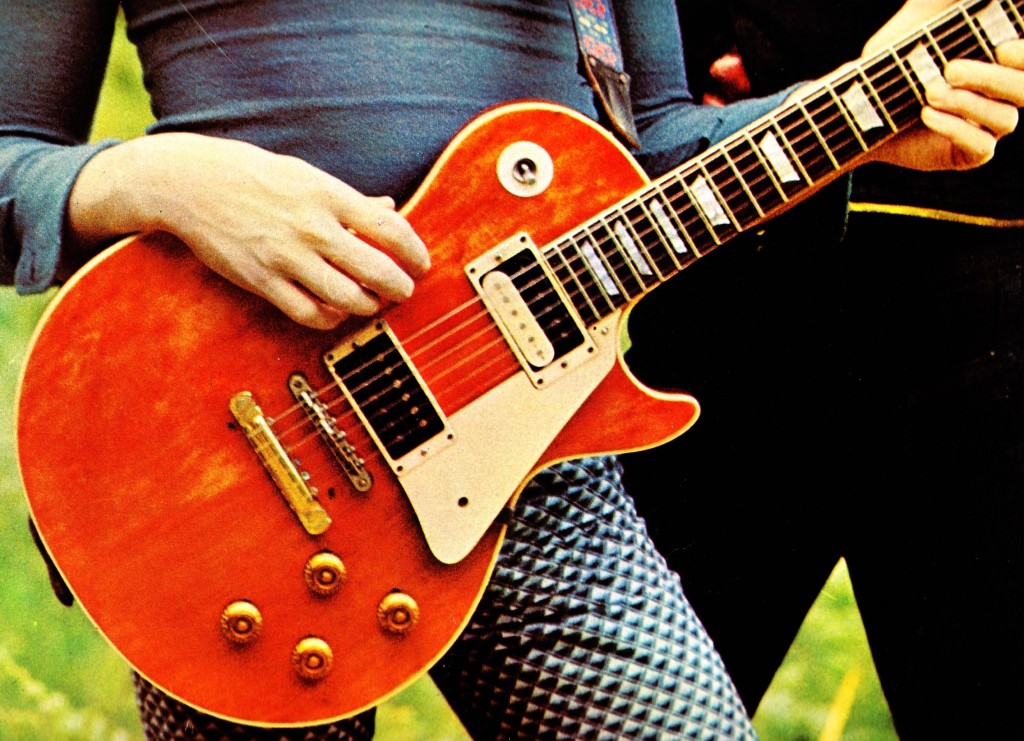 It was a good summer for records. I happened upon a few excellent collections; one of highbrow folk rock circa 68 – 75, another from a fellow who must have emptied out the jukebox of an urban CT bar circa 1975. Nothing but soul and funk 45s, 100s of ’em. Add a few good weeks at the flea market, including one especially notable pile that apparently contained ONLY 70’s-soul-records-that-were-sampled-in-1990s-hiphop-hits and you get FALL 2012. Six years into doing these mixtapes, a heavy emphasis on the period 1970 – 72 remains. If you see me, ask me for a CD copy…
It was a good summer for records. I happened upon a few excellent collections; one of highbrow folk rock circa 68 – 75, another from a fellow who must have emptied out the jukebox of an urban CT bar circa 1975. Nothing but soul and funk 45s, 100s of ’em. Add a few good weeks at the flea market, including one especially notable pile that apparently contained ONLY 70’s-soul-records-that-were-sampled-in-1990s-hiphop-hits and you get FALL 2012. Six years into doing these mixtapes, a heavy emphasis on the period 1970 – 72 remains. If you see me, ask me for a CD copy…
1. ‘Between Today And Yesterday’ Alan Price. From the LP “Between Today And Yesterday,” Warner Brothers 1974.
2. ‘Coming into Los Angeles’ Arlo Guthrie. From the Warner/Reprise compilation LP “The Big Ball” 1970.
3. ‘Let It Rain’ Eric Clapton. From S/T LP, RSO 1970.
4. ‘You’ve Got To Do It All Yourself’ Jackie Lomax. From the LP ‘Three,’ Warner Brothers 1972.
5. ‘Helpless’ Buffy Saint Marie. From “She Used To Want To Be A Ballerina,” Vanguard 1971.
6. ‘I’ll Tell You No Lie’ Nicky James. From the S/T LP, Threshold/London 1972.
7. ‘You Can Close Your Eyes’ Kate Taylor. From “Sister Kate,” Cotillion 1971.
8. ‘One Sure Thing’ Bonnie Koloc. From “After All This Time,” Ovation INC 1971.
9. ‘Take A Look Around’ The Temptations. Gordy/Motown 7″ Single 1971.
10. ‘The Longer We Stay Together’ Al Wilson. From “La La Peace Song,” Rocky Road/BELL 1974.
11. ‘Always Together’ Jackie DeShannon. Imperial 7″ single 1969.
12. ‘Rock Your Baby’ George McCrae. T.K. Records 7″ Single, 1974.
13. ‘I Can’t Get Over You’ The Dramatics. ABC Records 7″ Single 1976.
14. ‘When Something Is Wrong With My Baby’ Sam & Dave. Stax 7″ single 1967.
15. ‘A Raga Called Pat’ John Fahey. From the LP “The Voice Of The Turtle,” Takoma 1968.
16. ‘Elegia De Che Guevera’ Quilapayun. From S/T LP, Monitor Records c. 1970.
17. ‘Darling Be Home Soon’ The Loving Spoonful. Kama Sutra 7″ single. From the Motion Picture “You’re a Big Boy Now” 1967.
18. ‘Diamond Meadows’ T-Rex. From S/T LP, Reprise 1971.
19. ‘Rock And Roll Love Letter’ Tim Moore. From “Behind The Eyes,” Elektra 1975.
20. ‘Another Day Like Heaven’ The Flame. S/T LP, Fallout Re-issue. Originally on Brother Records 1970.
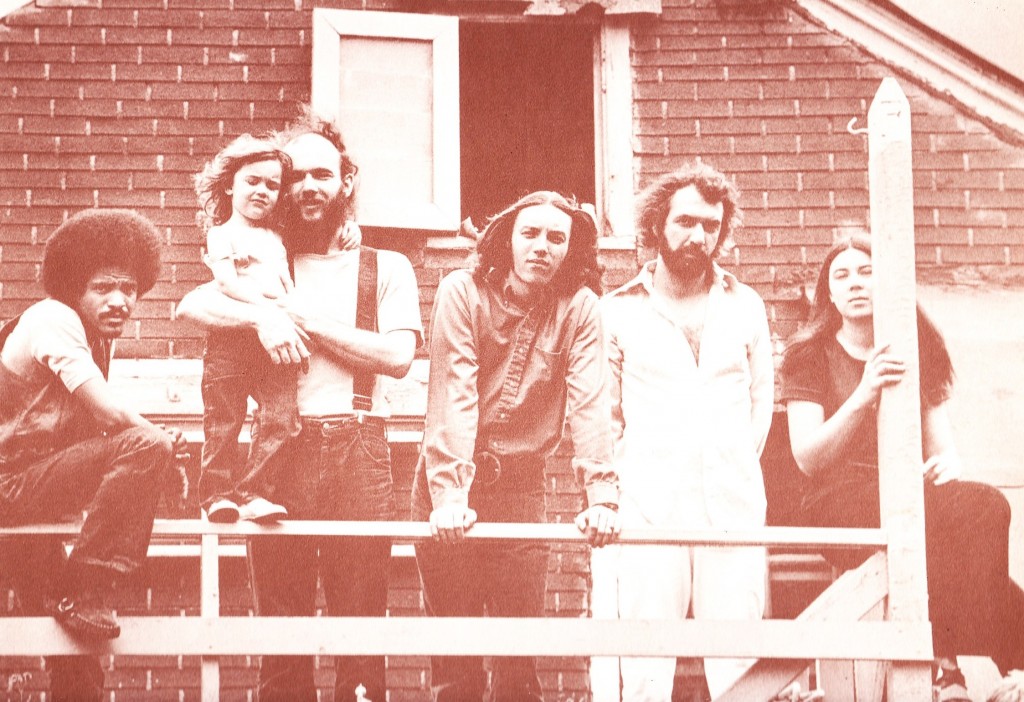

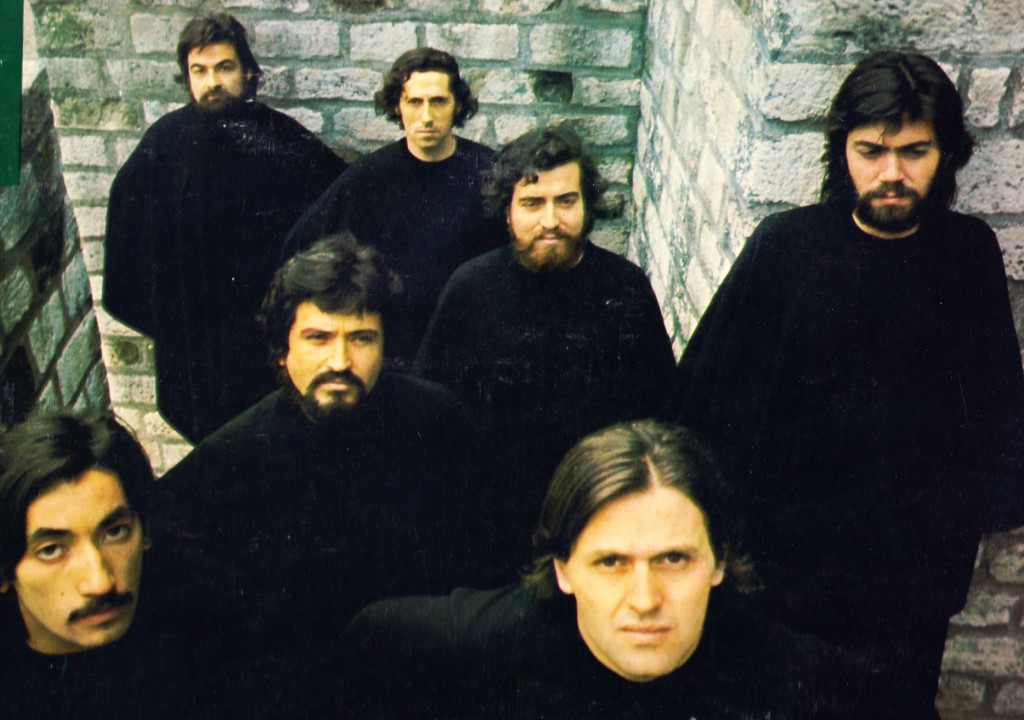 For detailed track notes, links, and more of the best album art of all time, click the link below…
For detailed track notes, links, and more of the best album art of all time, click the link below…
Absurd Vintage Hi Fi Website
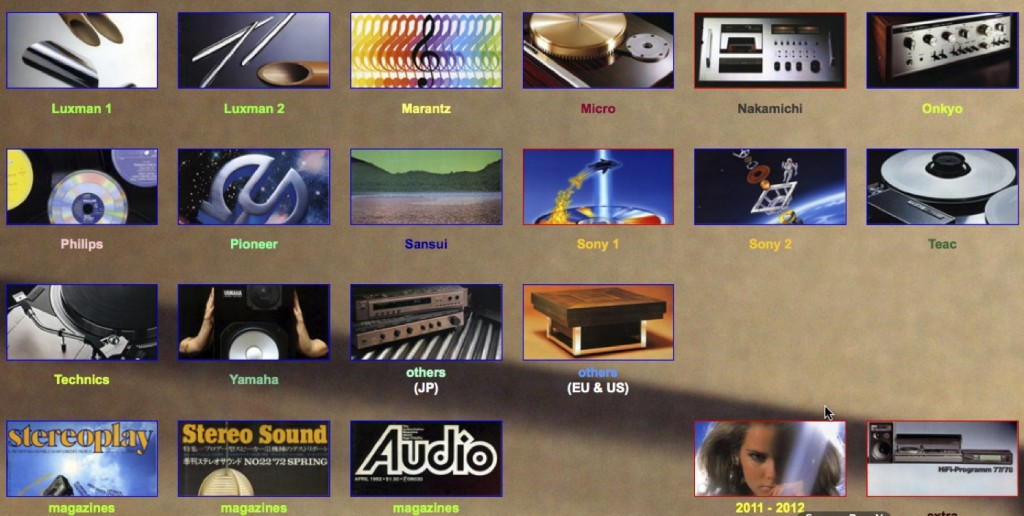 Good fkkng god. 3,300 original hi-fi catalogs and datasheets scanned (in good quality), cataloged, and uploaded. Get ready to be 10% less productive for the next two months. The vintage knob dot org. Well done sir.
Good fkkng god. 3,300 original hi-fi catalogs and datasheets scanned (in good quality), cataloged, and uploaded. Get ready to be 10% less productive for the next two months. The vintage knob dot org. Well done sir.
1985: I am the KeyBro
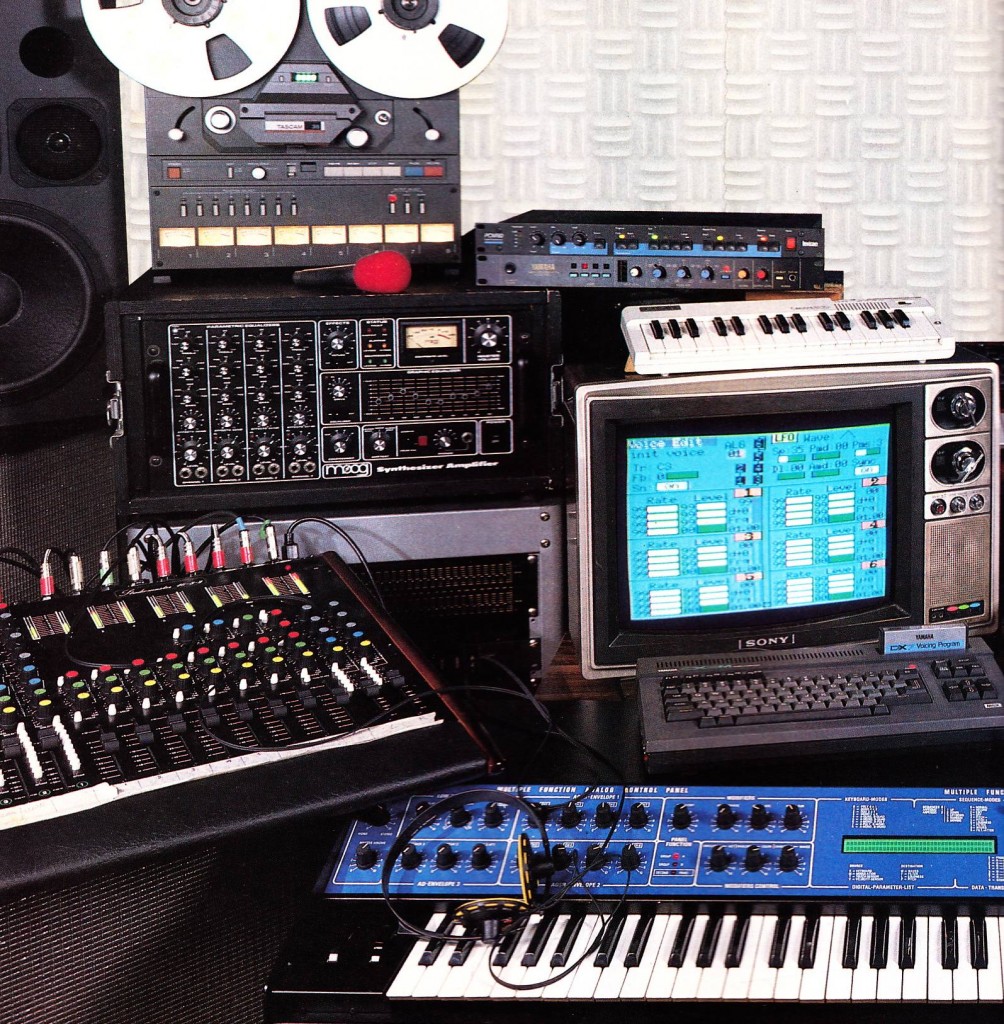 There’s this new thing called MIDI.
There’s this new thing called MIDI.
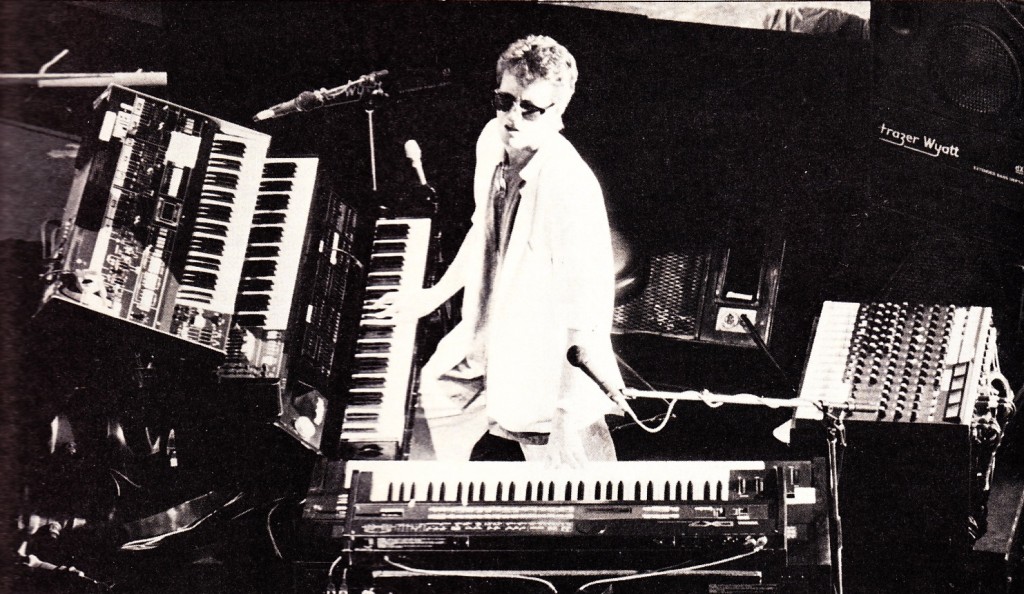 I am now an Army Of Sounds, all tied together with five-pin DIN cables
I am now an Army Of Sounds, all tied together with five-pin DIN cables
*************
*******
***
Can you recall your earliest impressions of MIDI?
The first time you hit ‘play’ on a sequencer and heard multiple lines pouring out of different instruments, quickly and easily edited to perfection?
The first moment, years later, when you had that same fresh experience with audio (rather than just with Data) (via DAWs)?
What’s next?
Above: Alan Howarth, Guy Fletcher, unknown KeyModel
